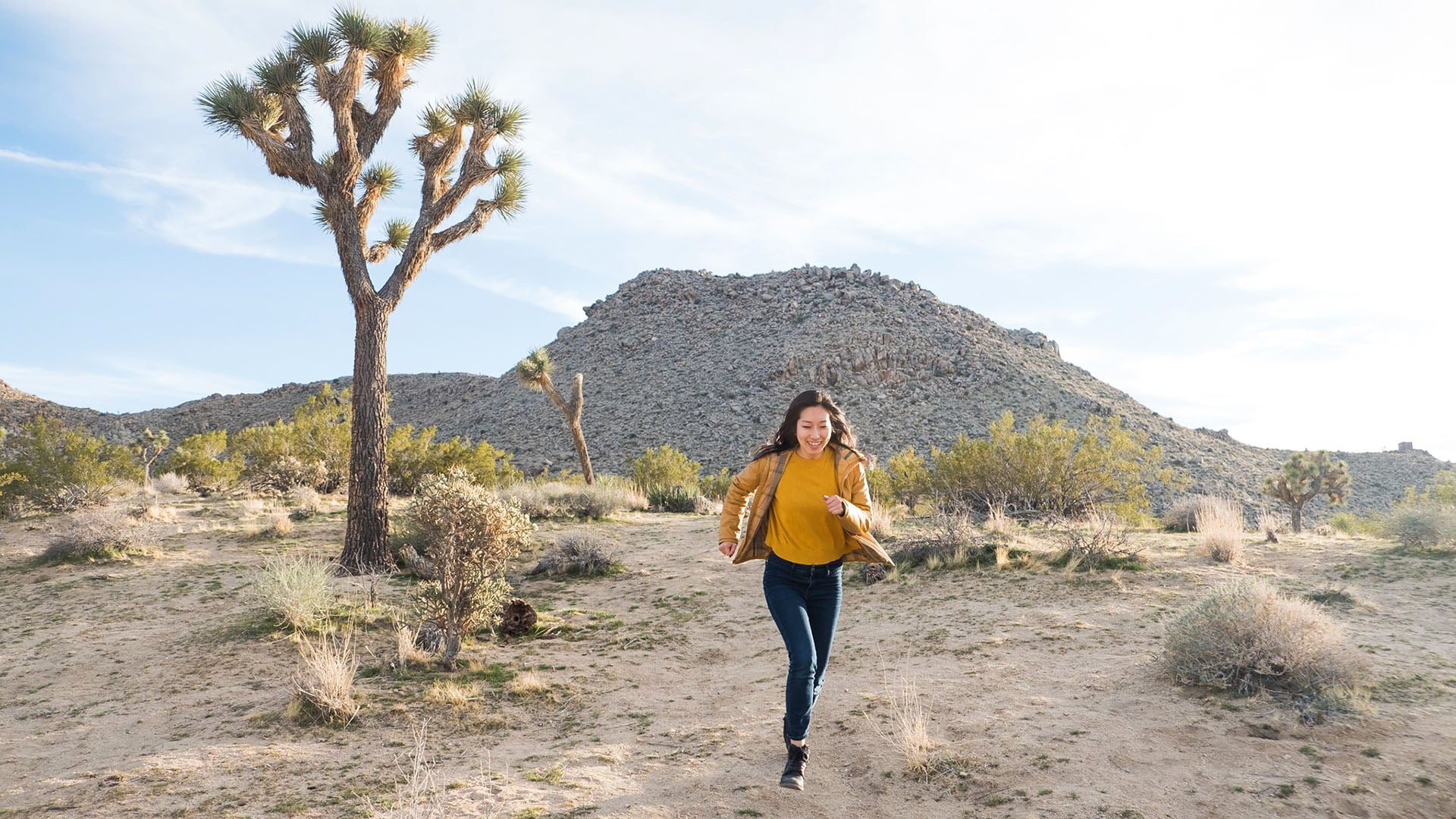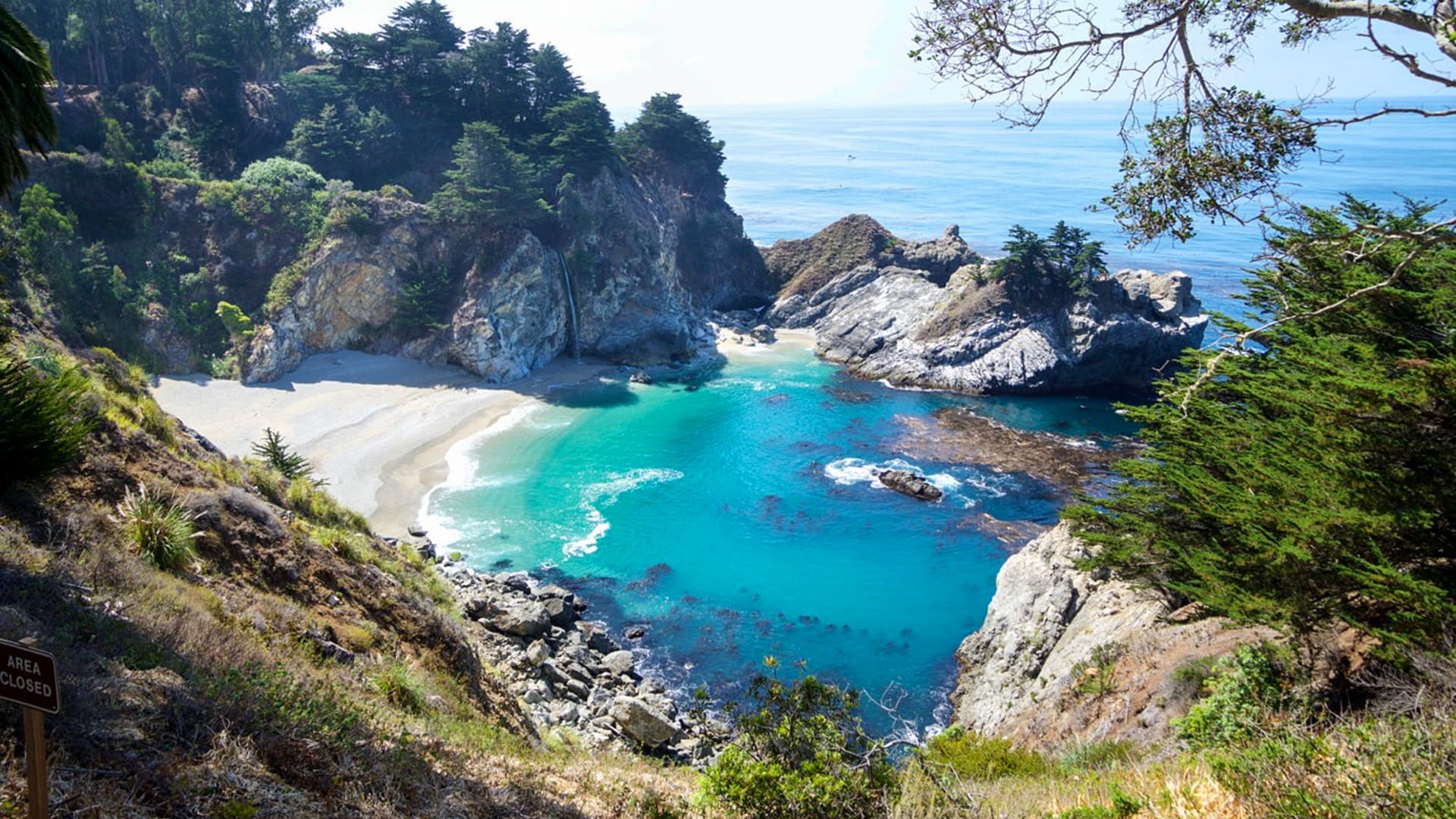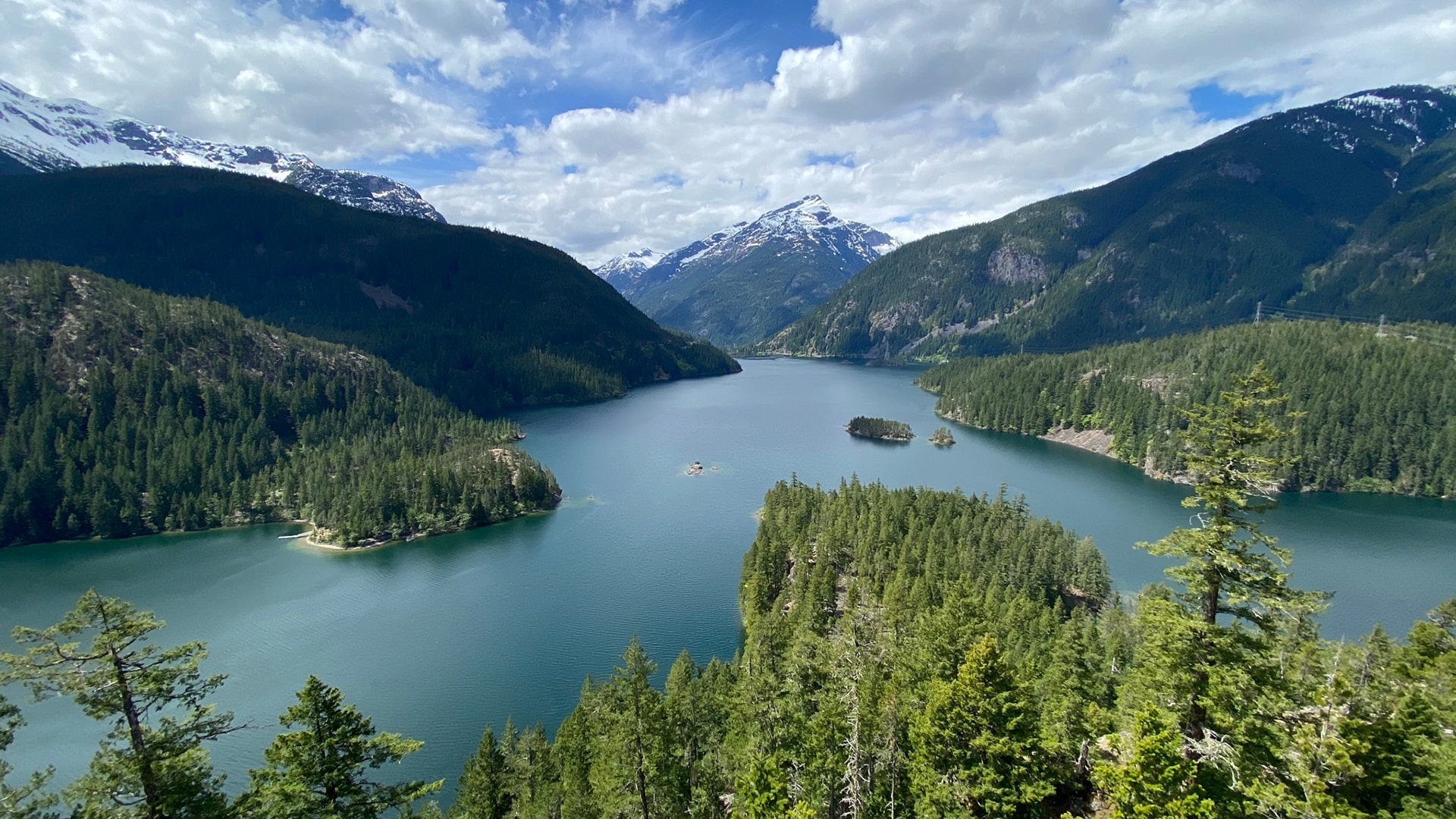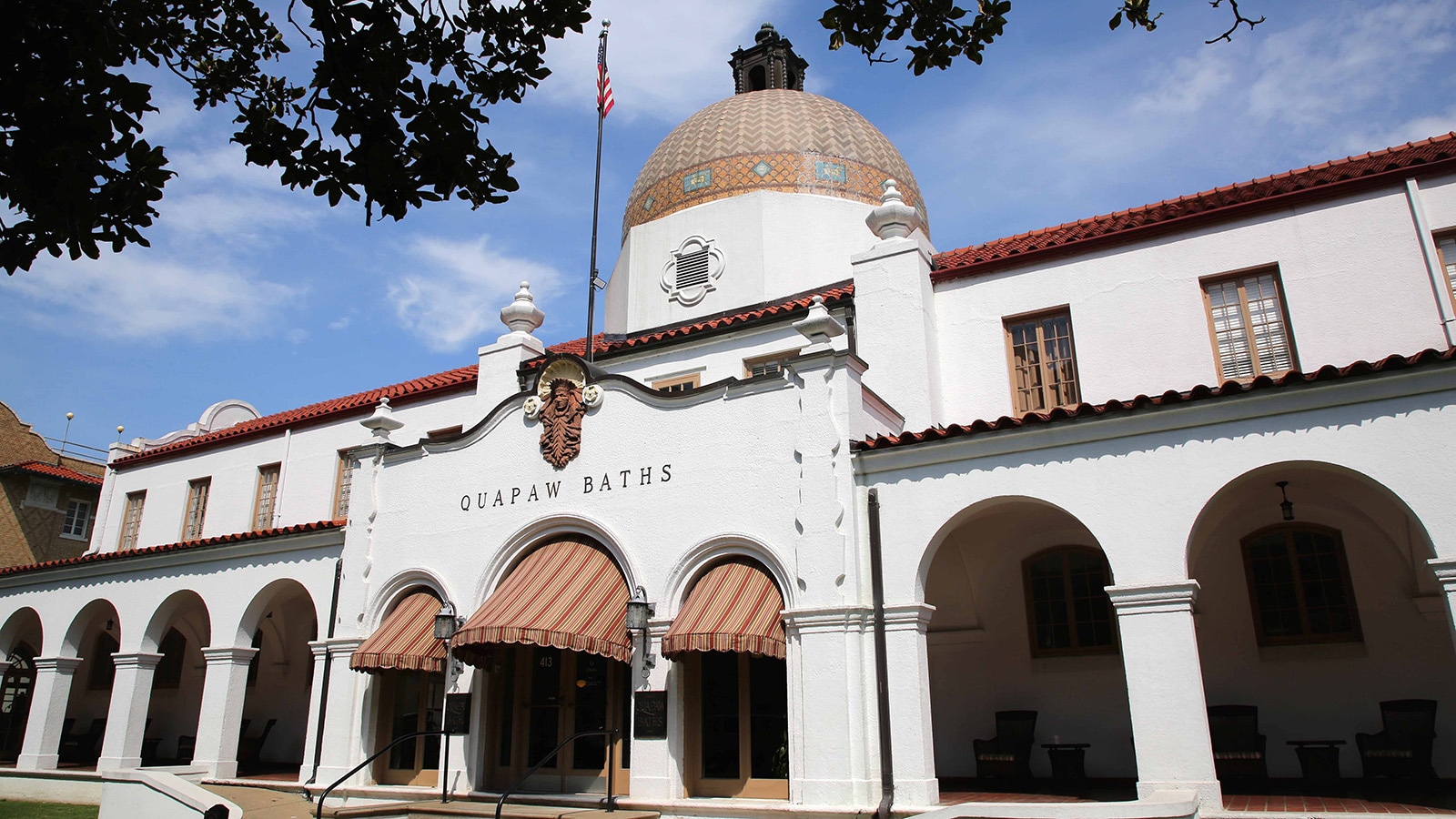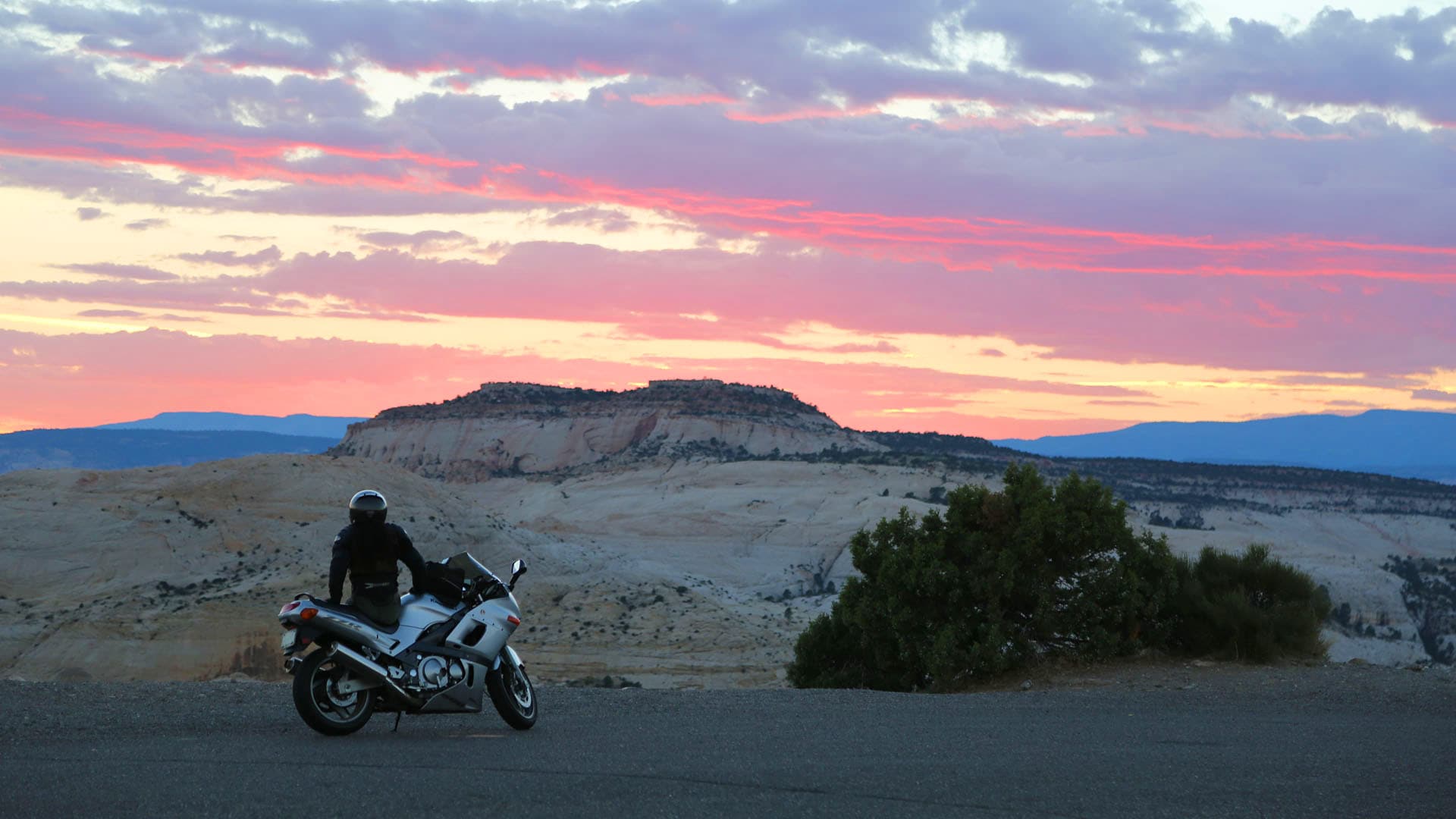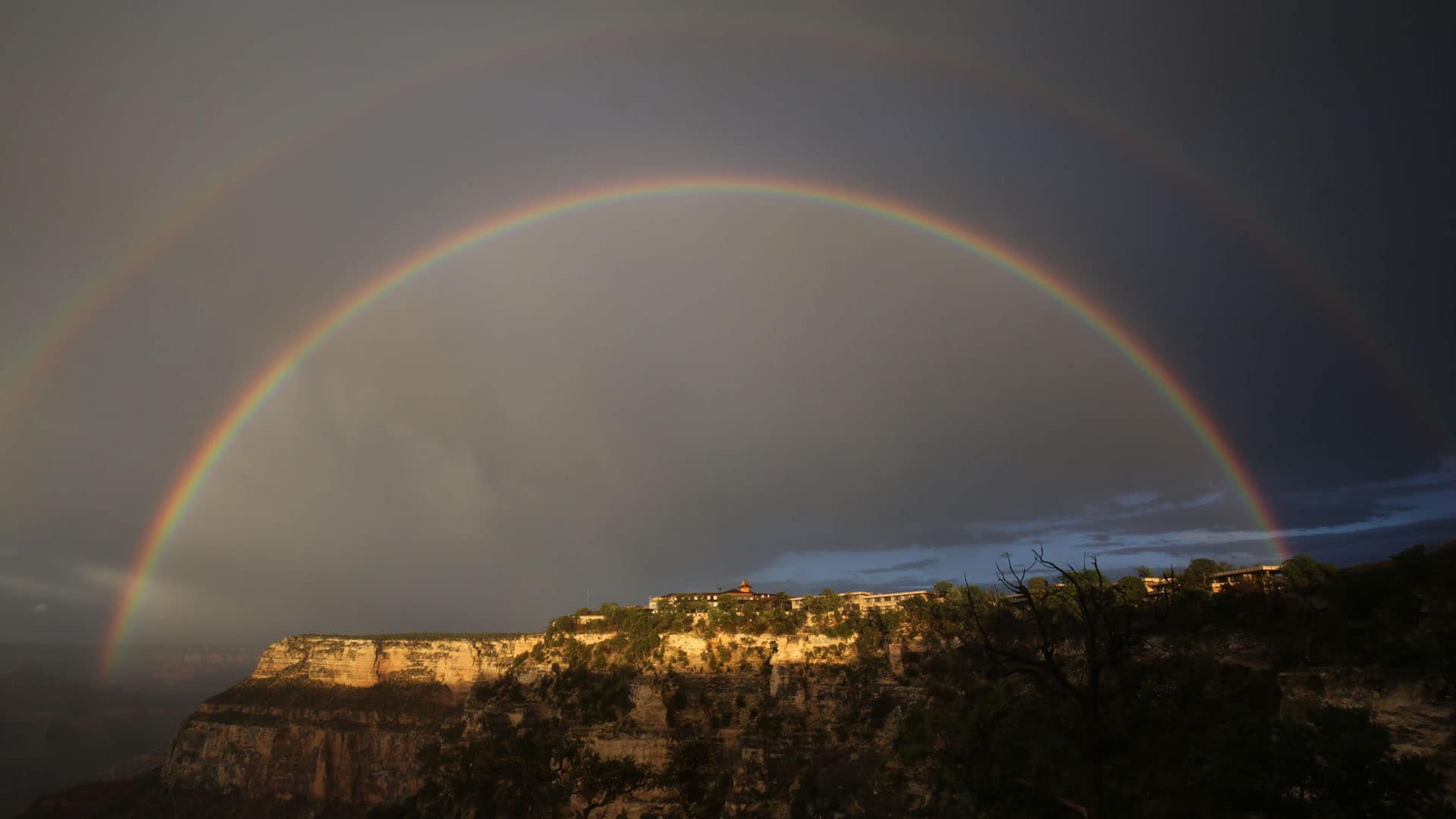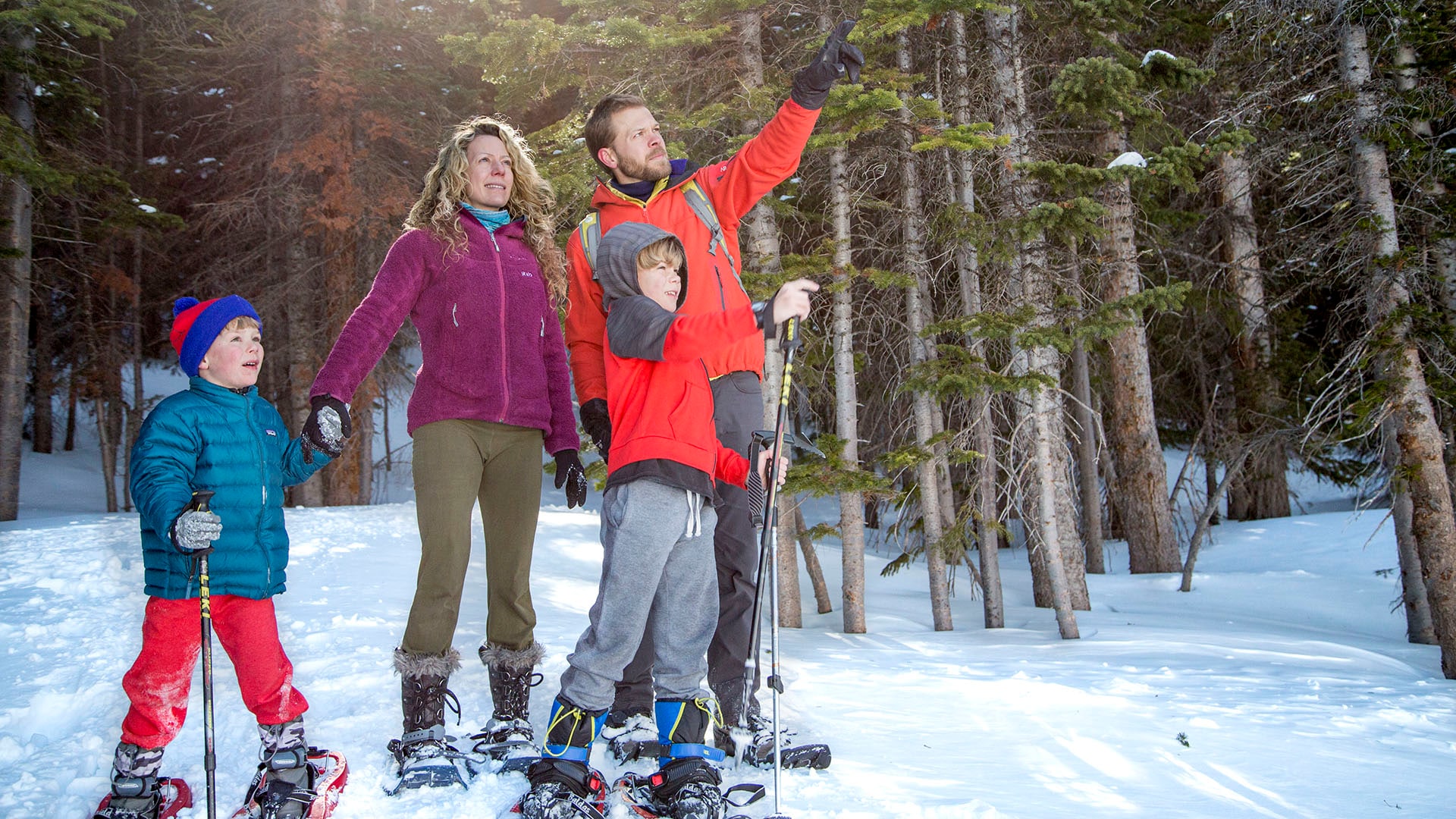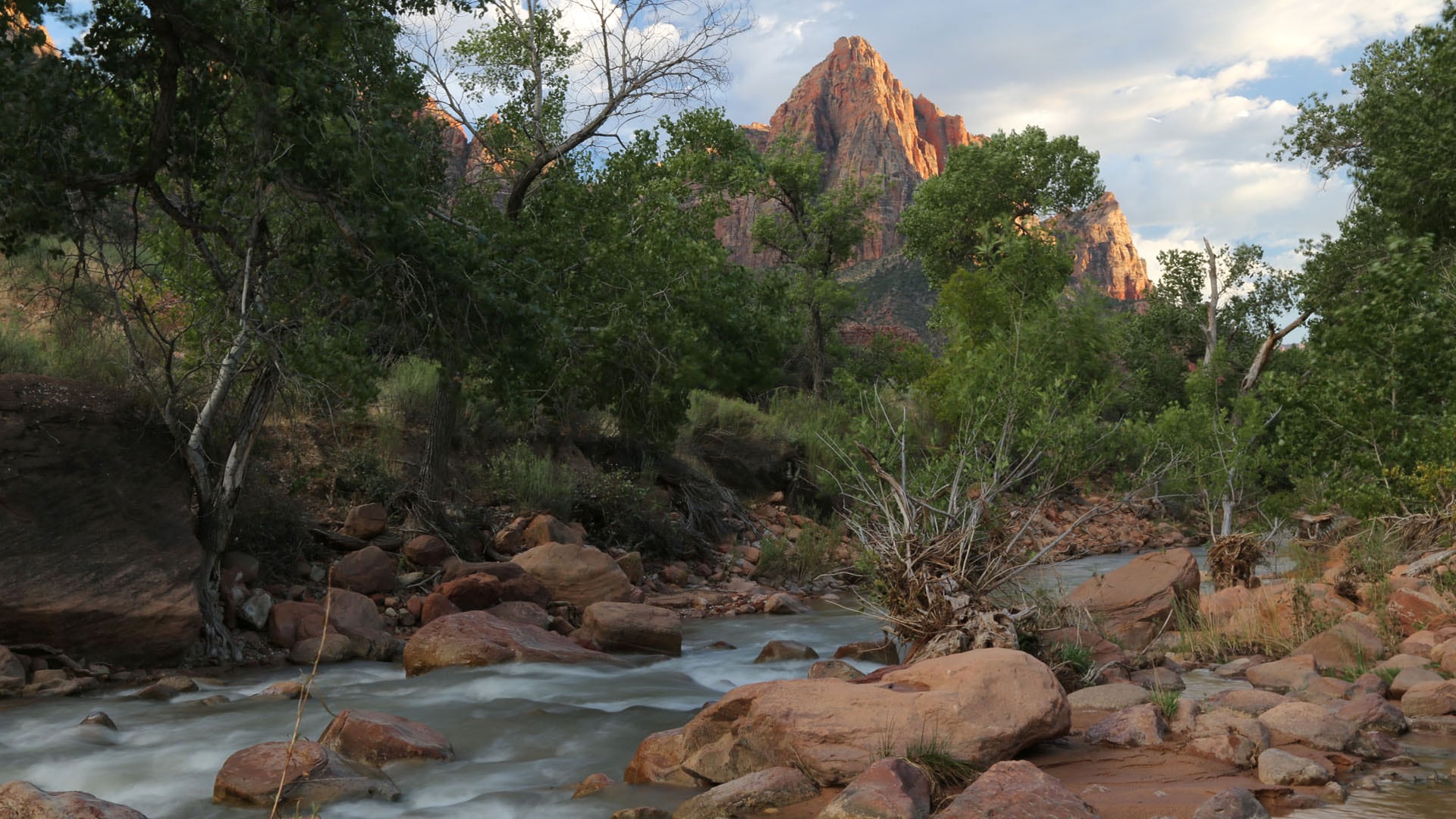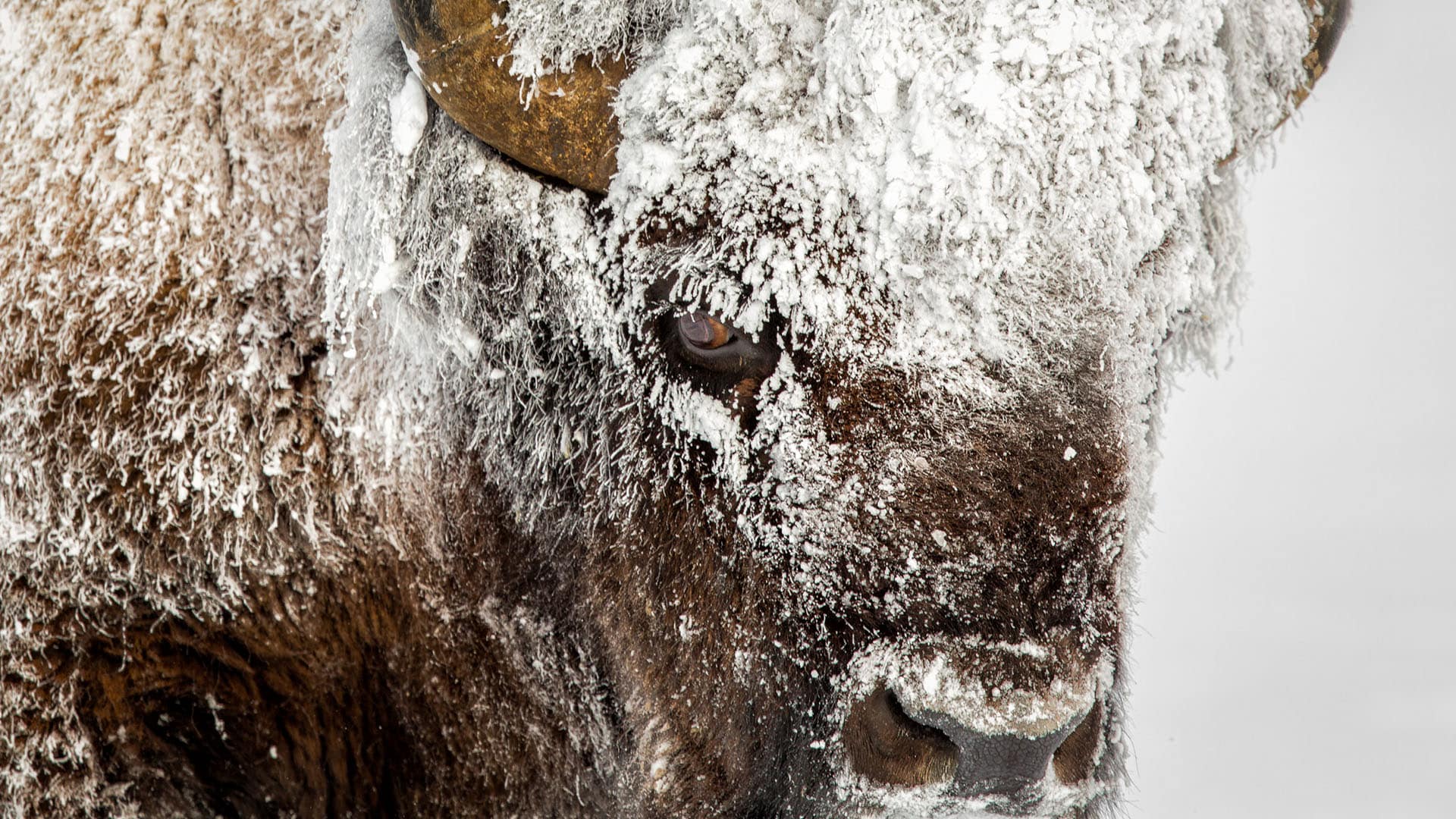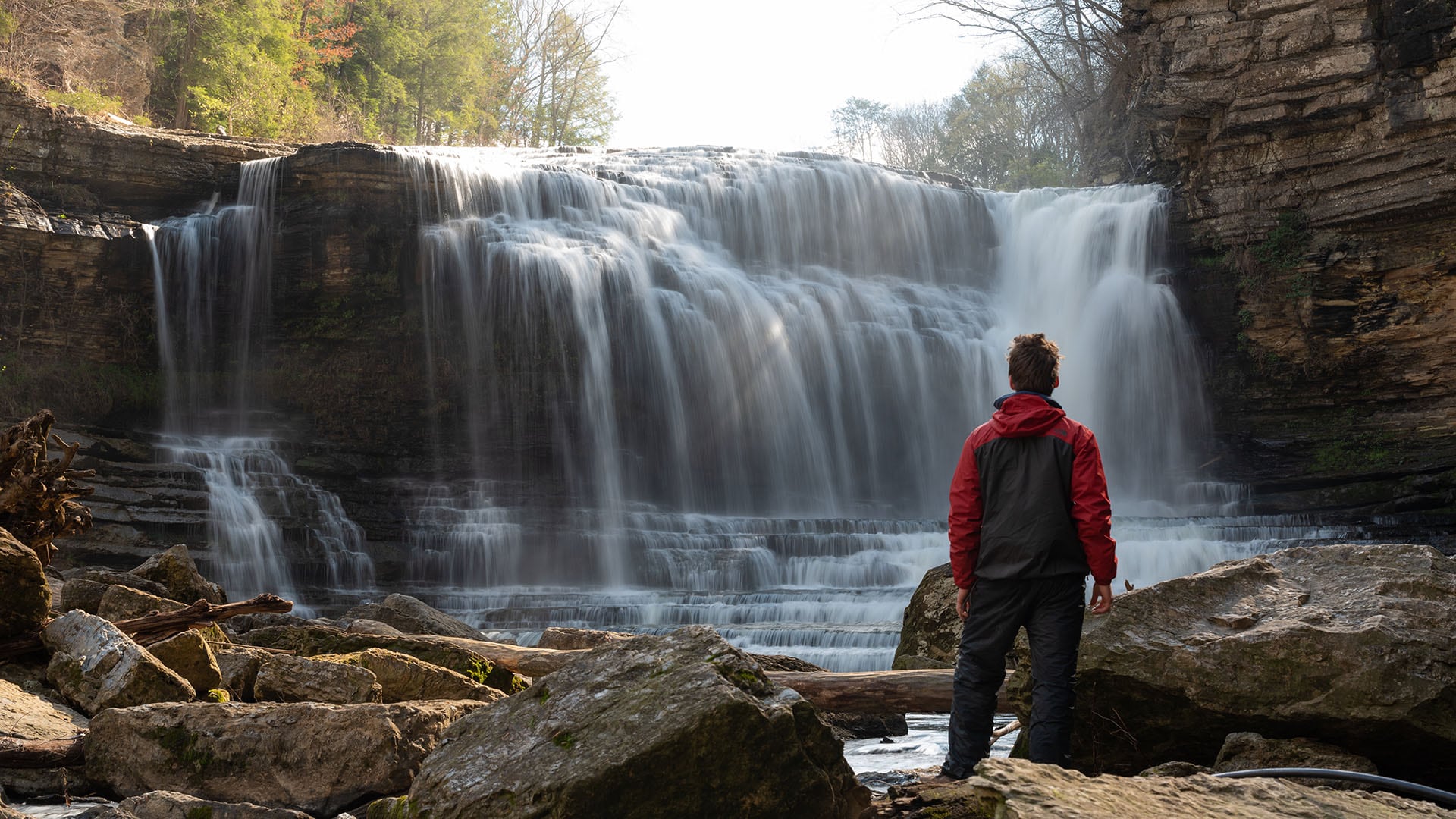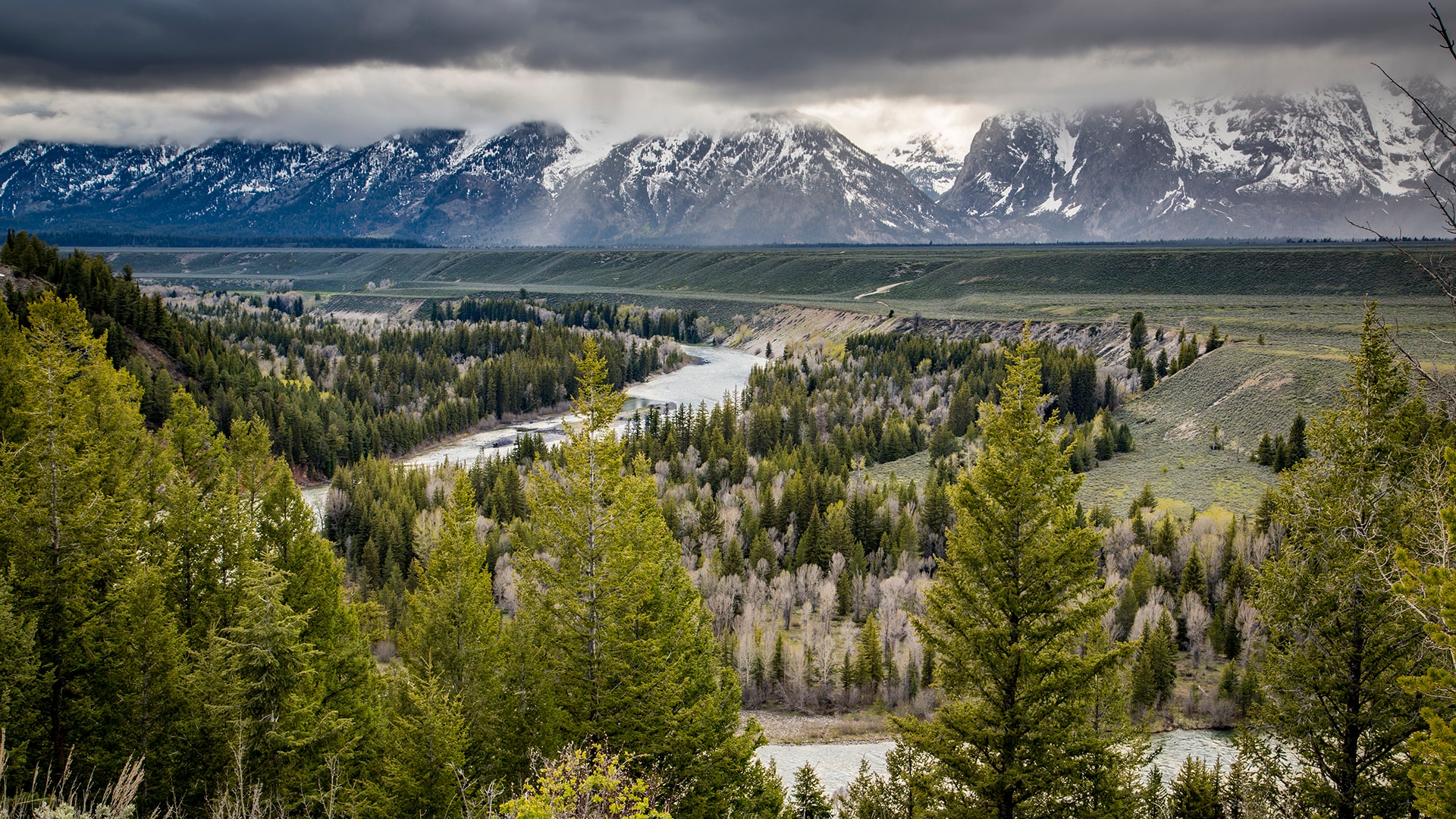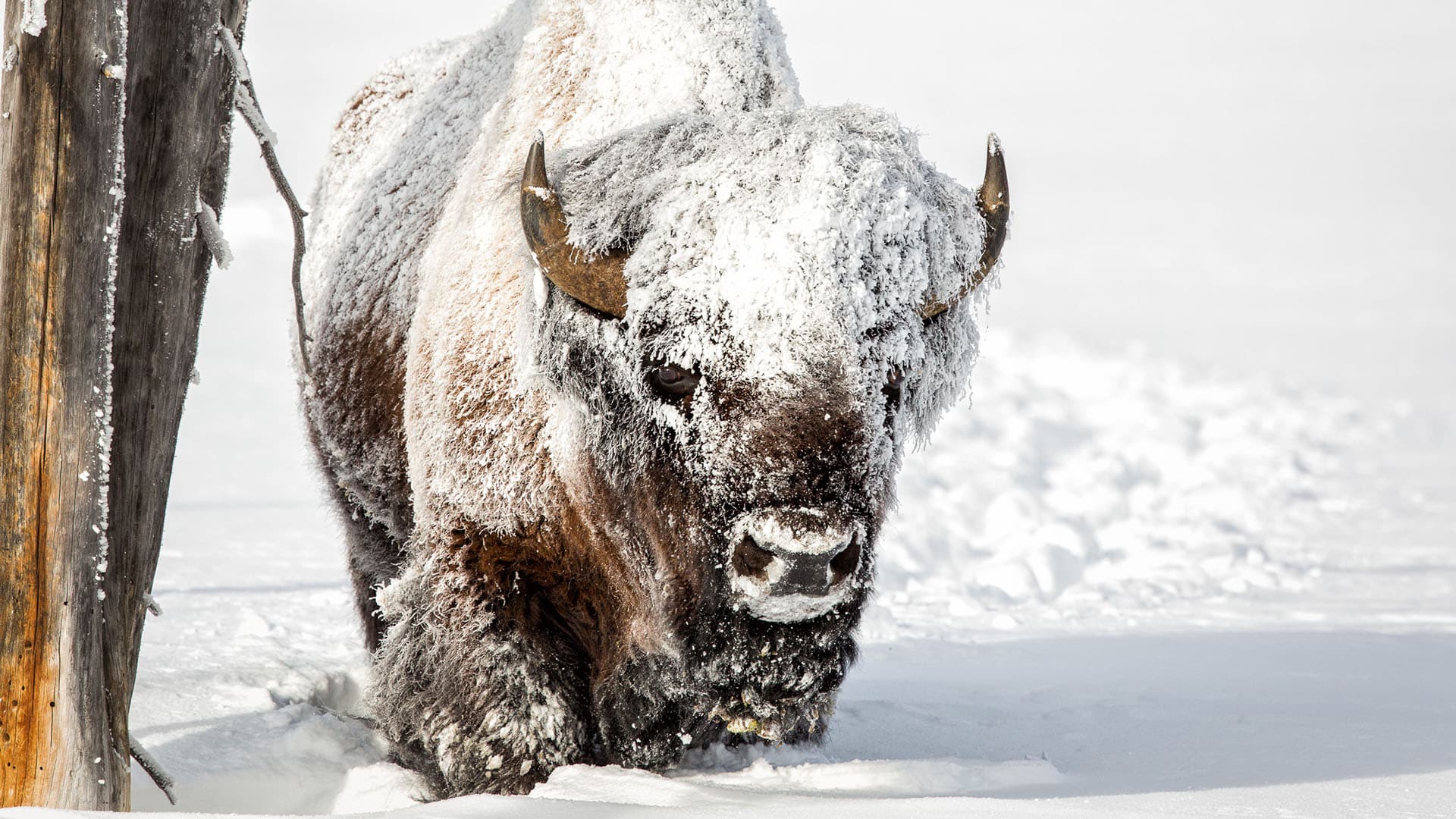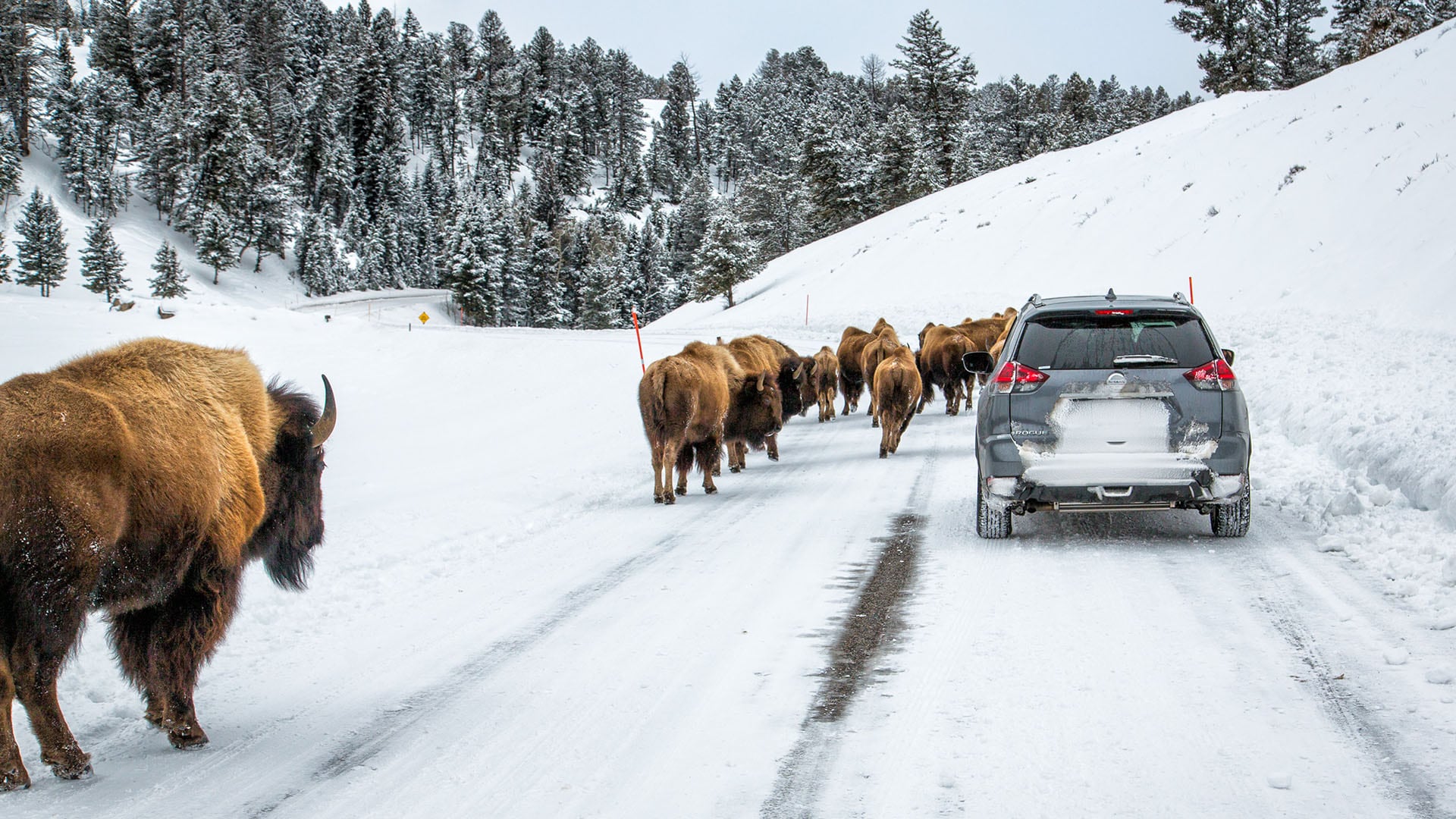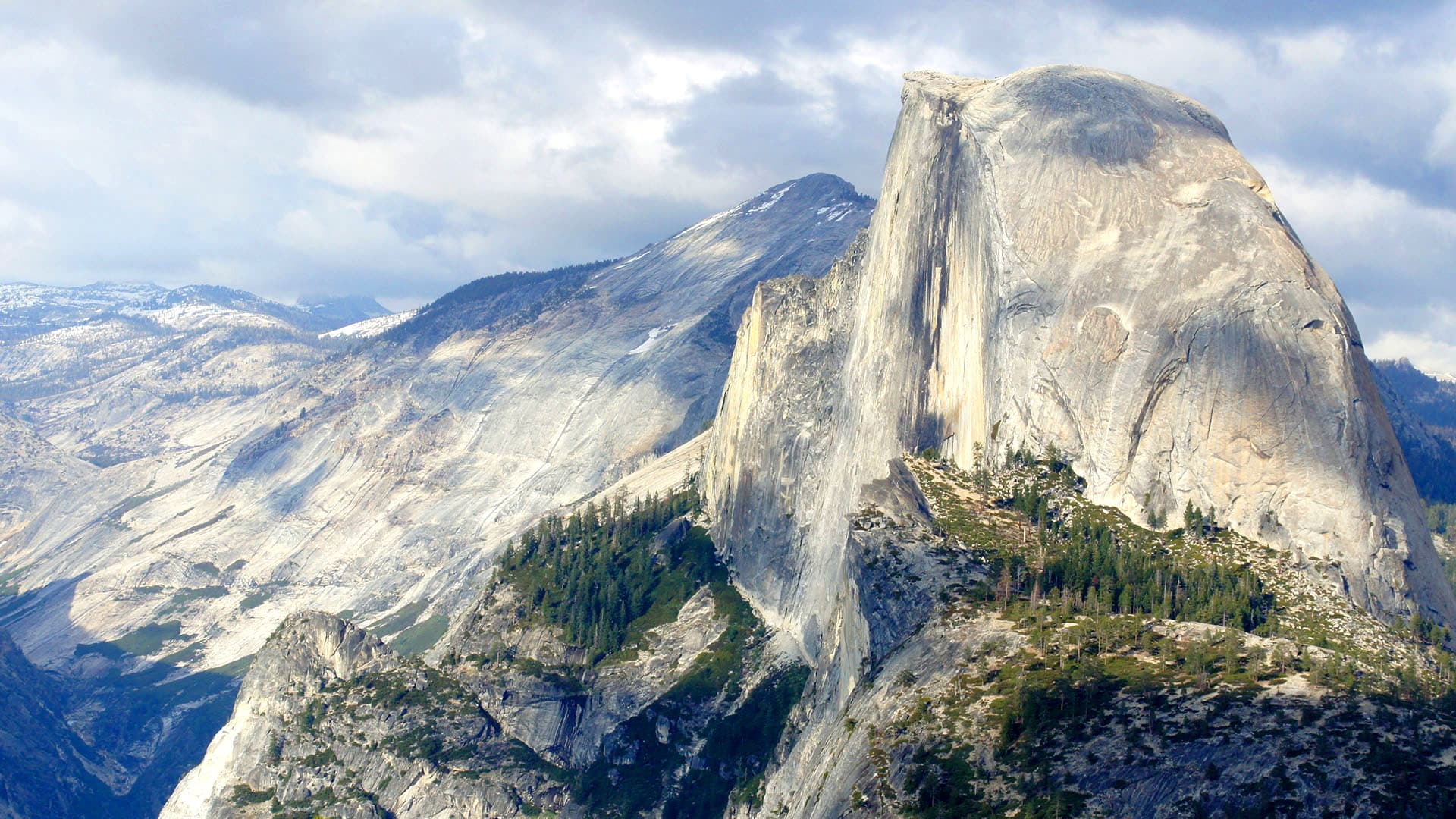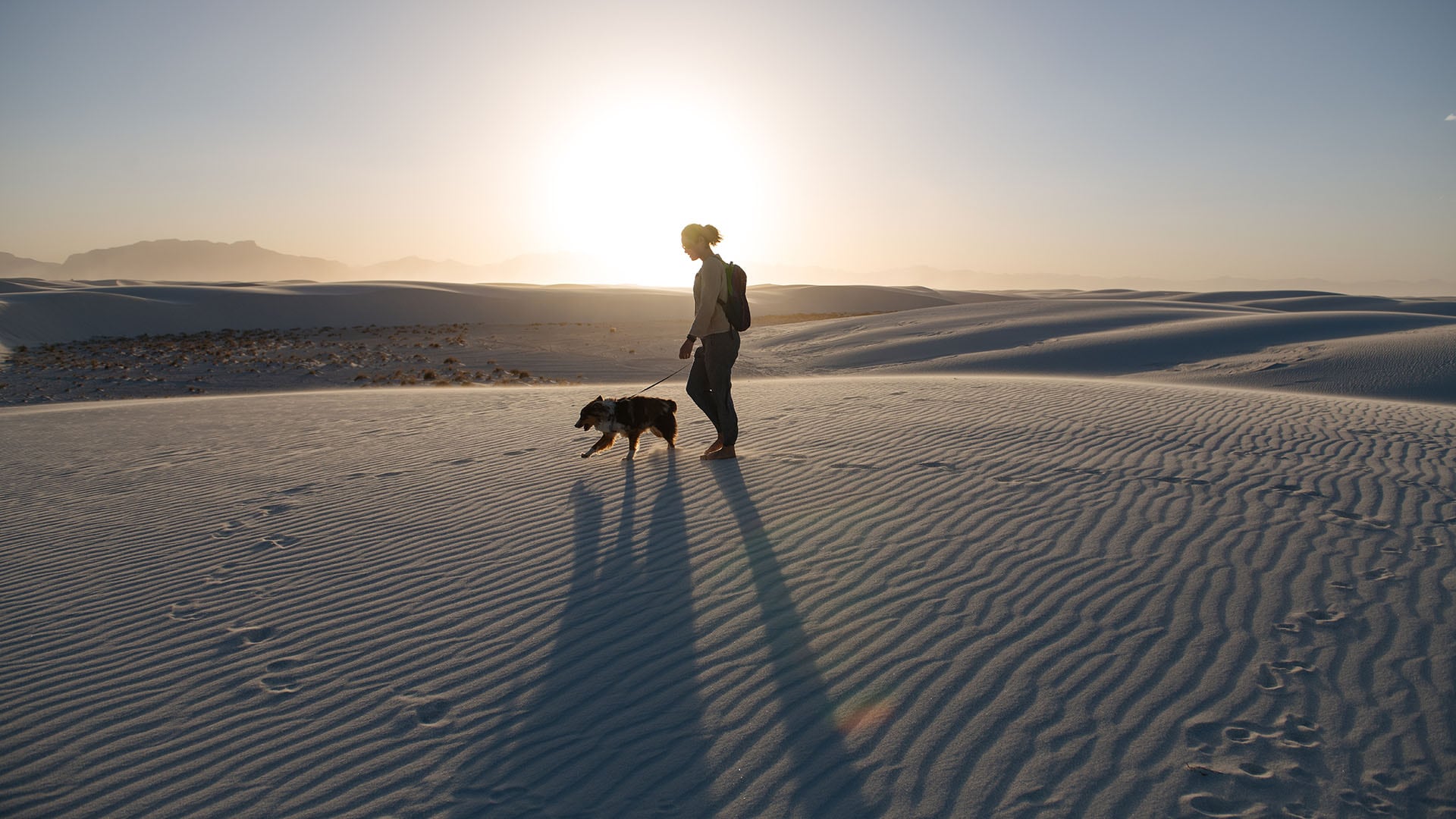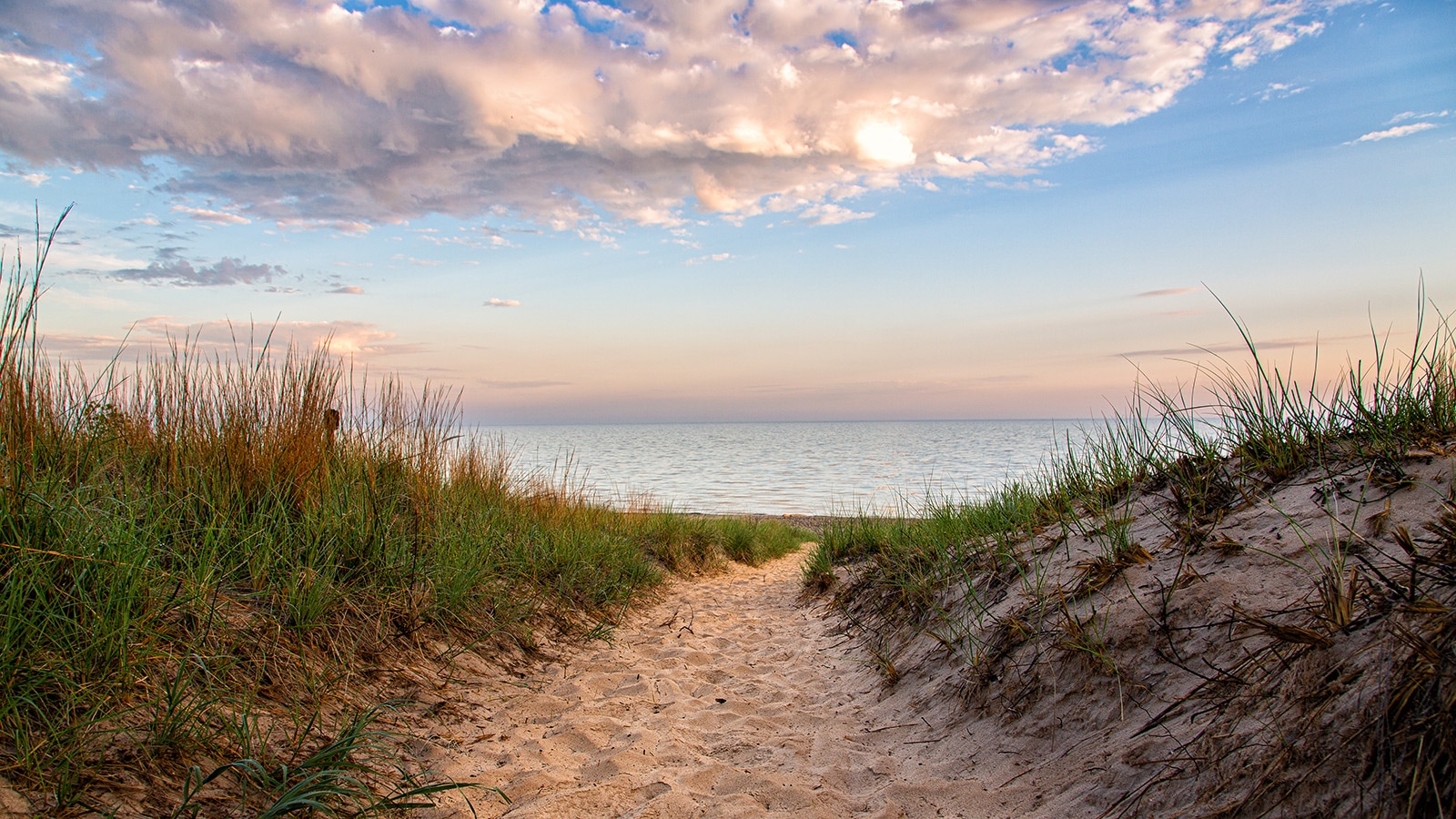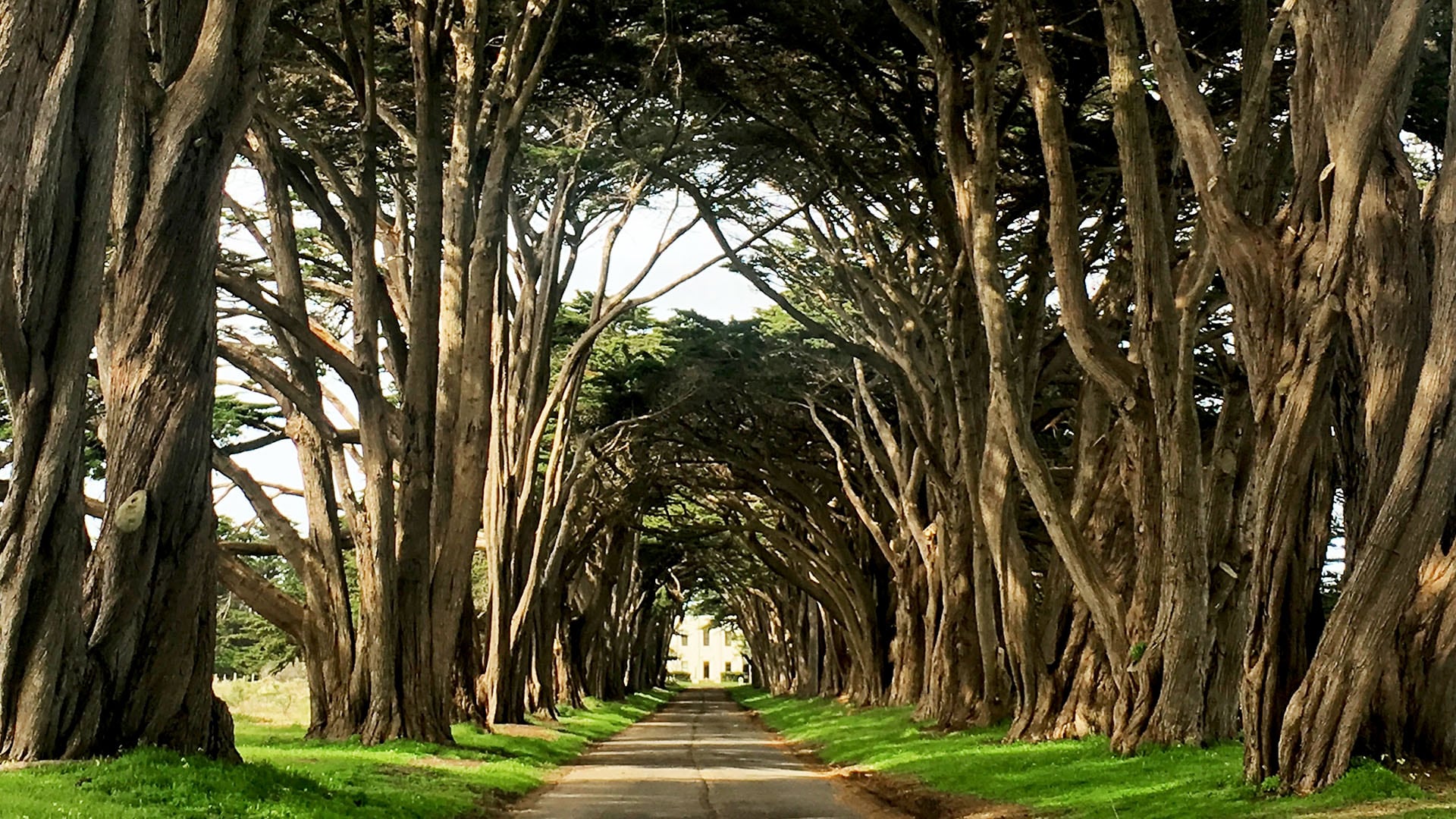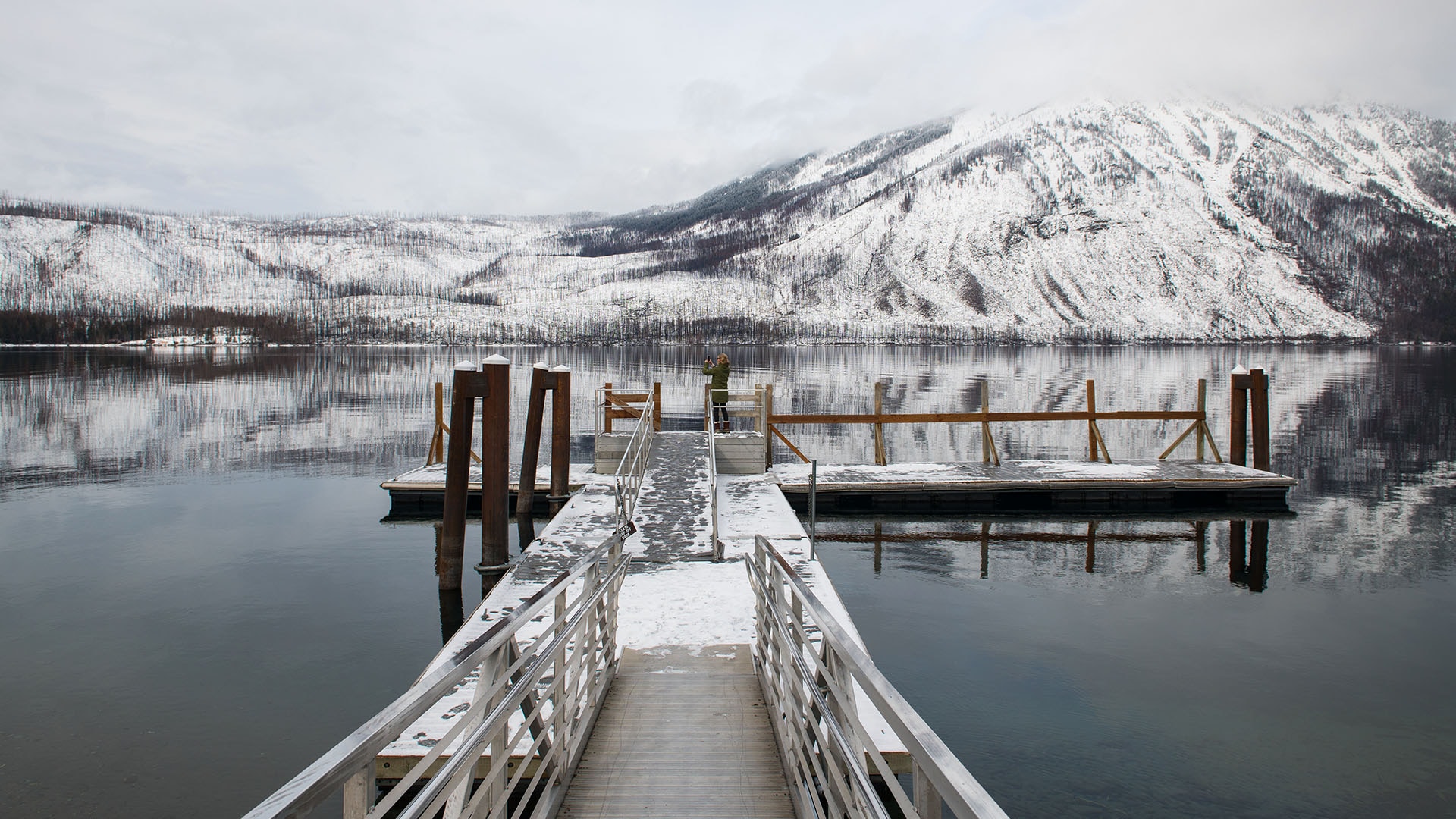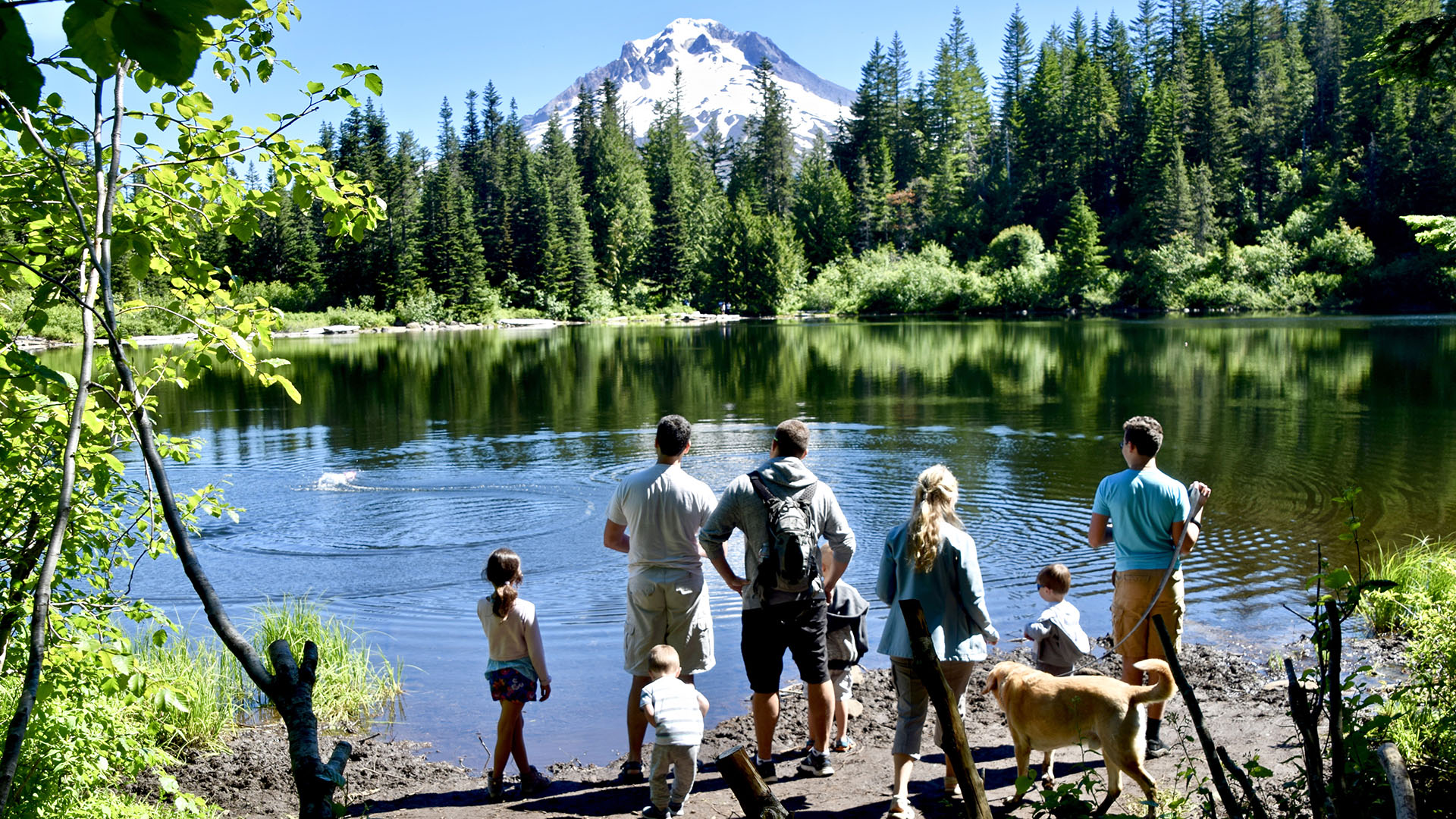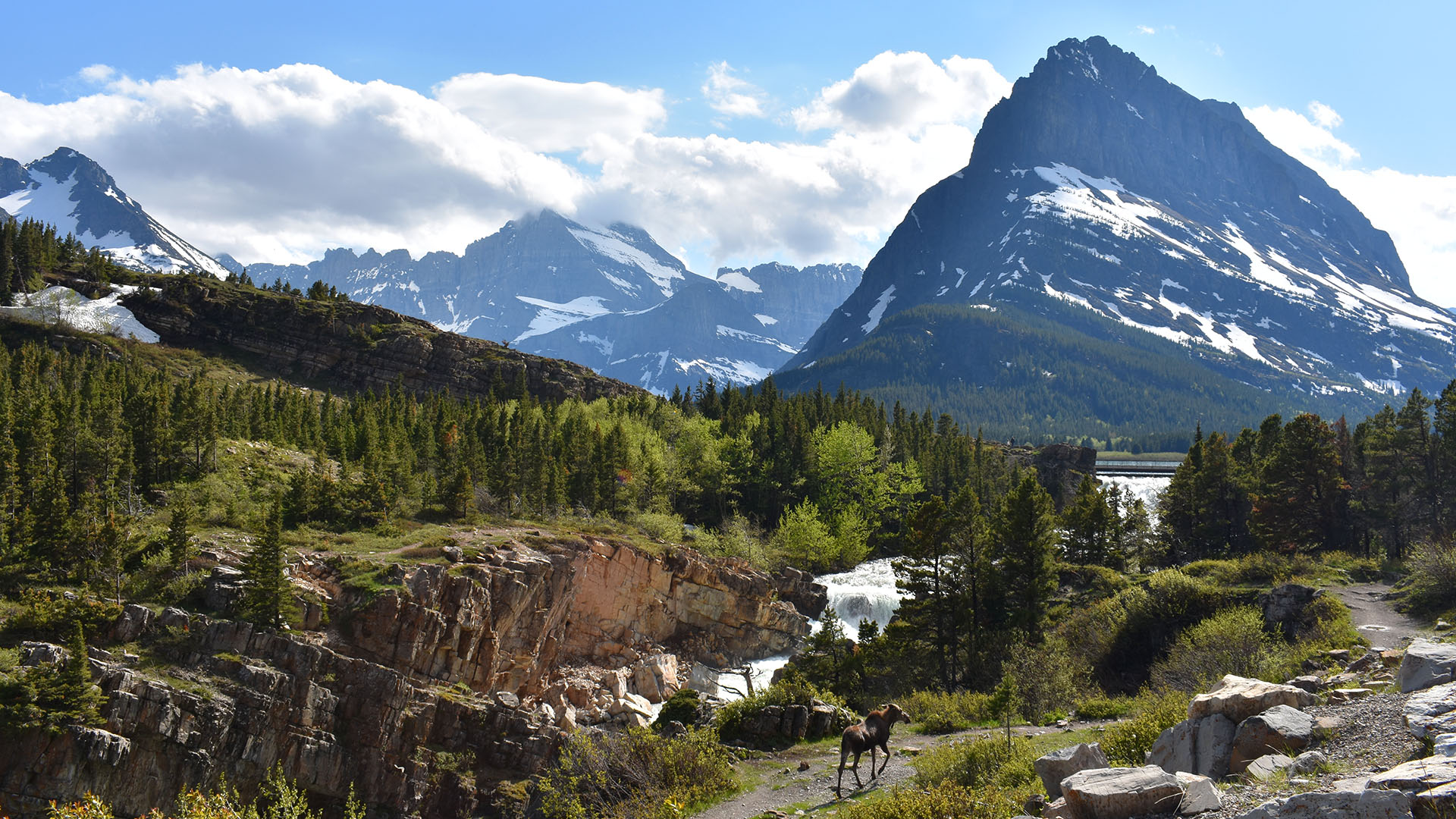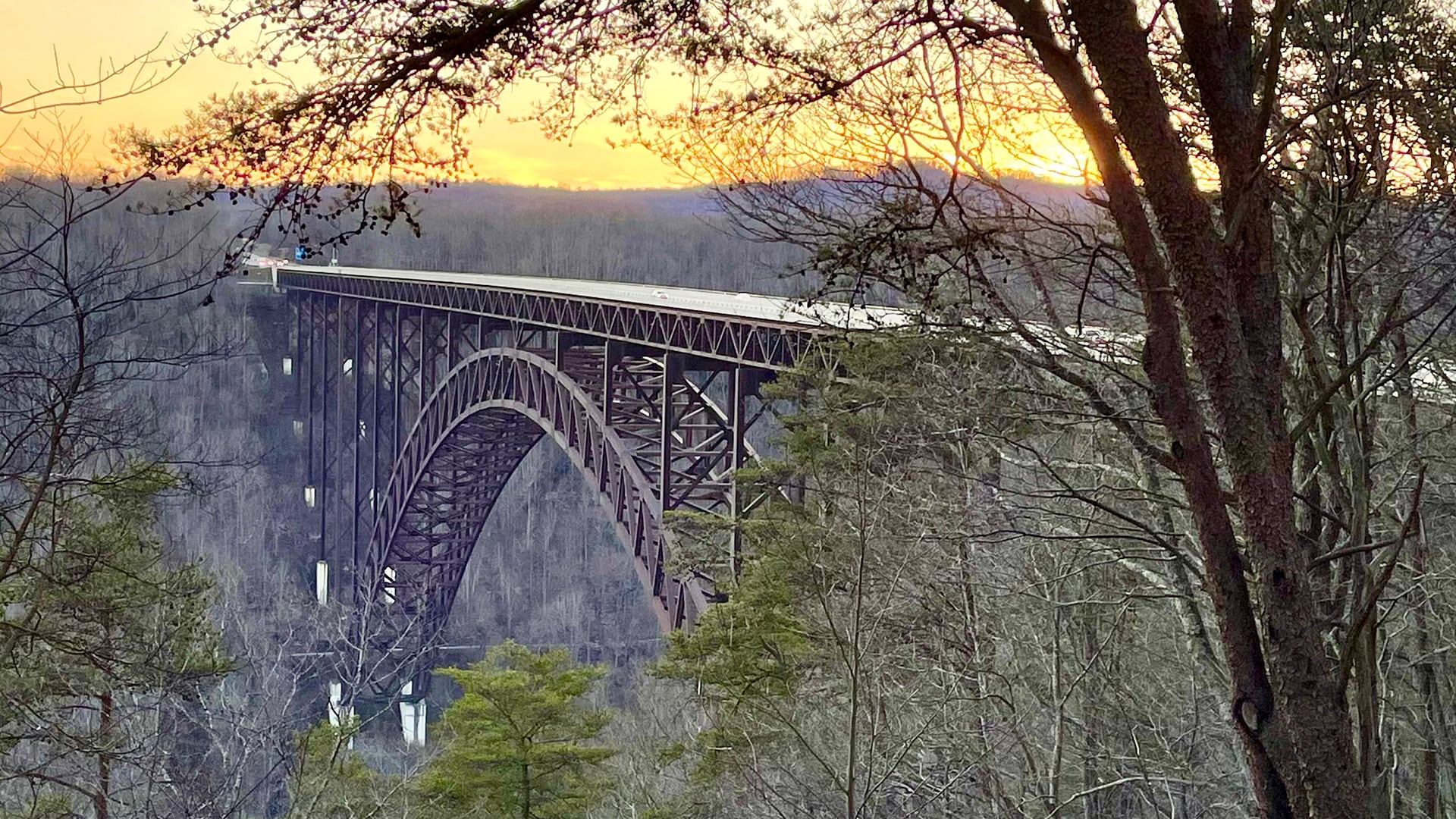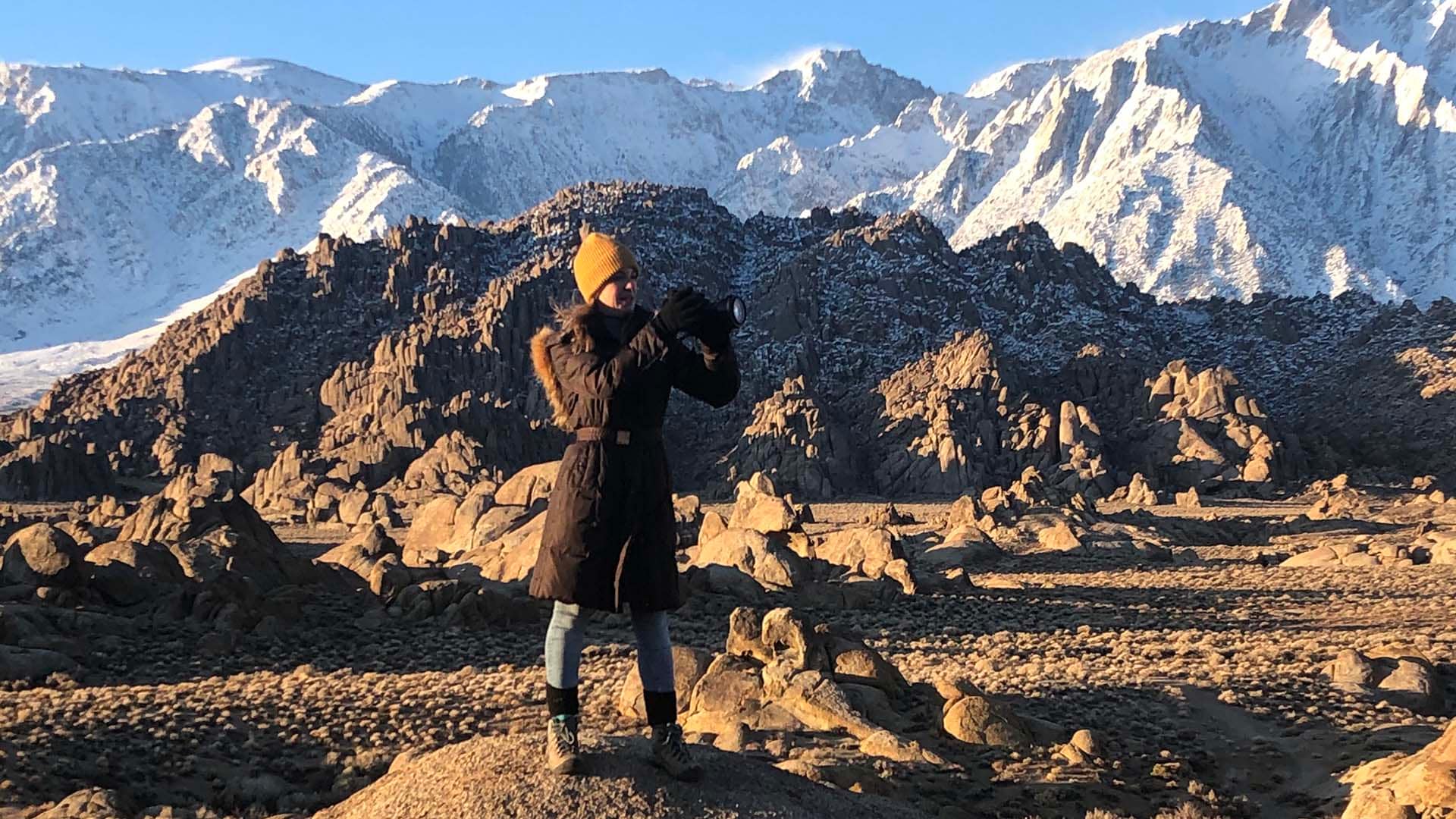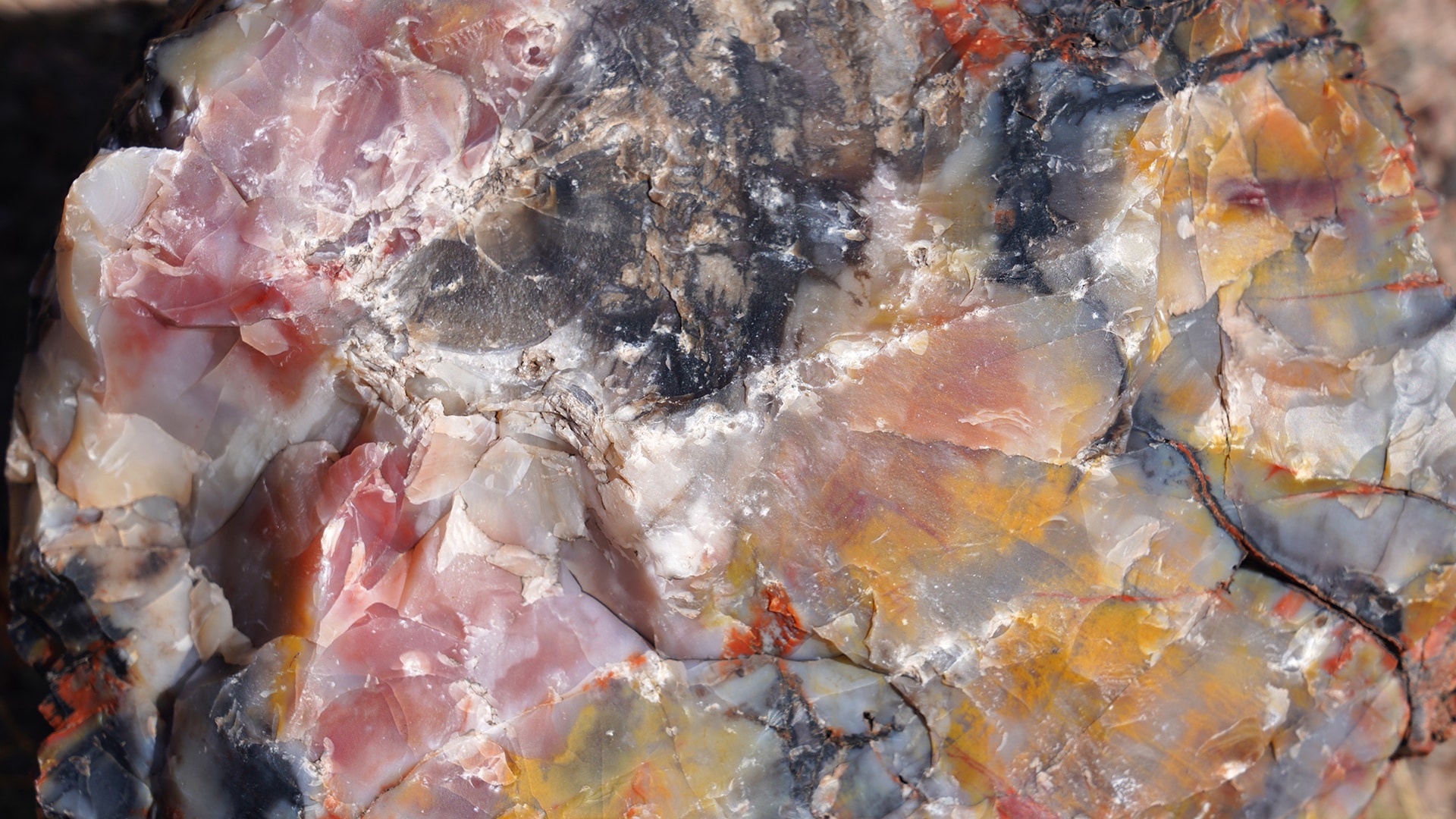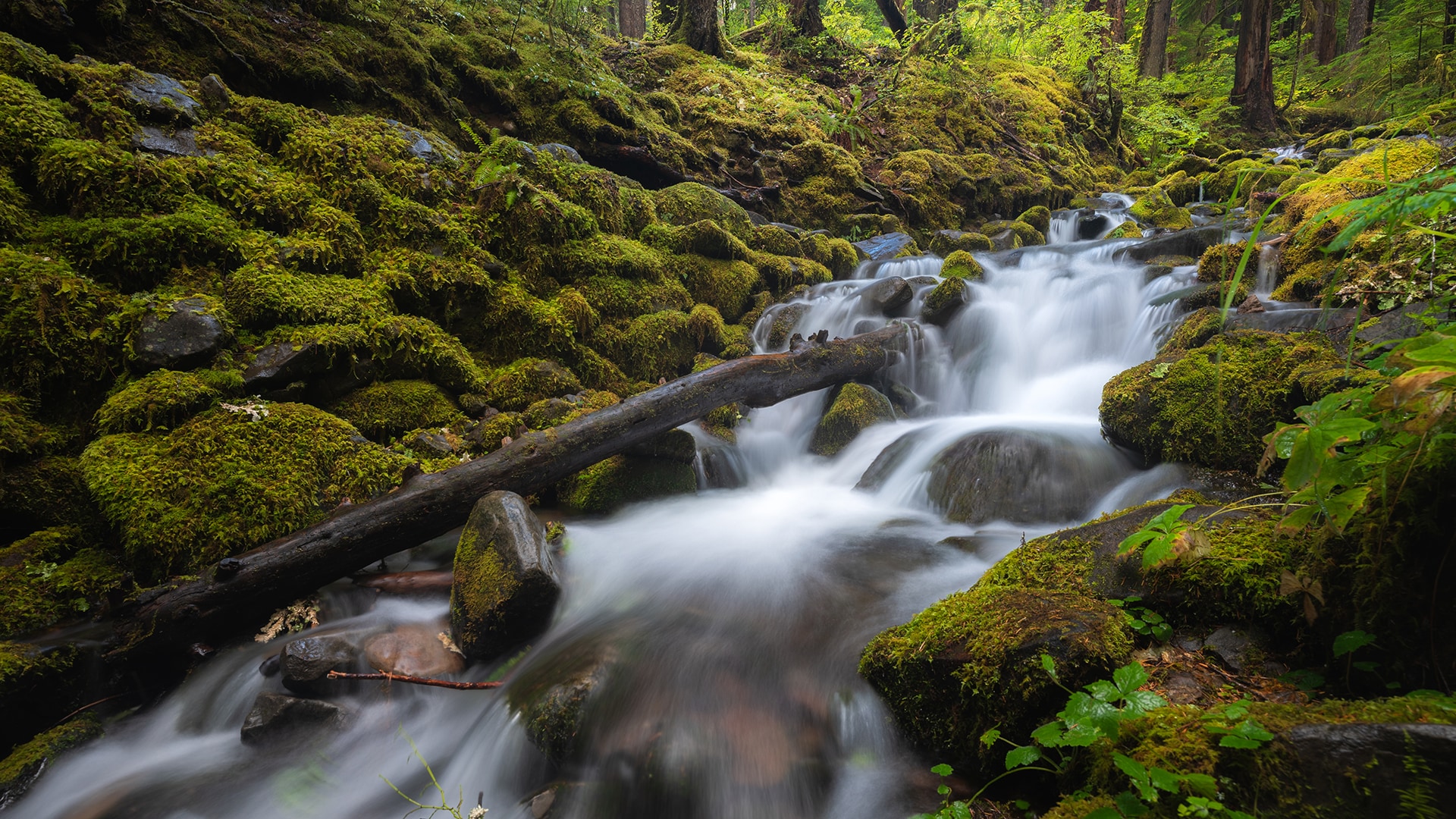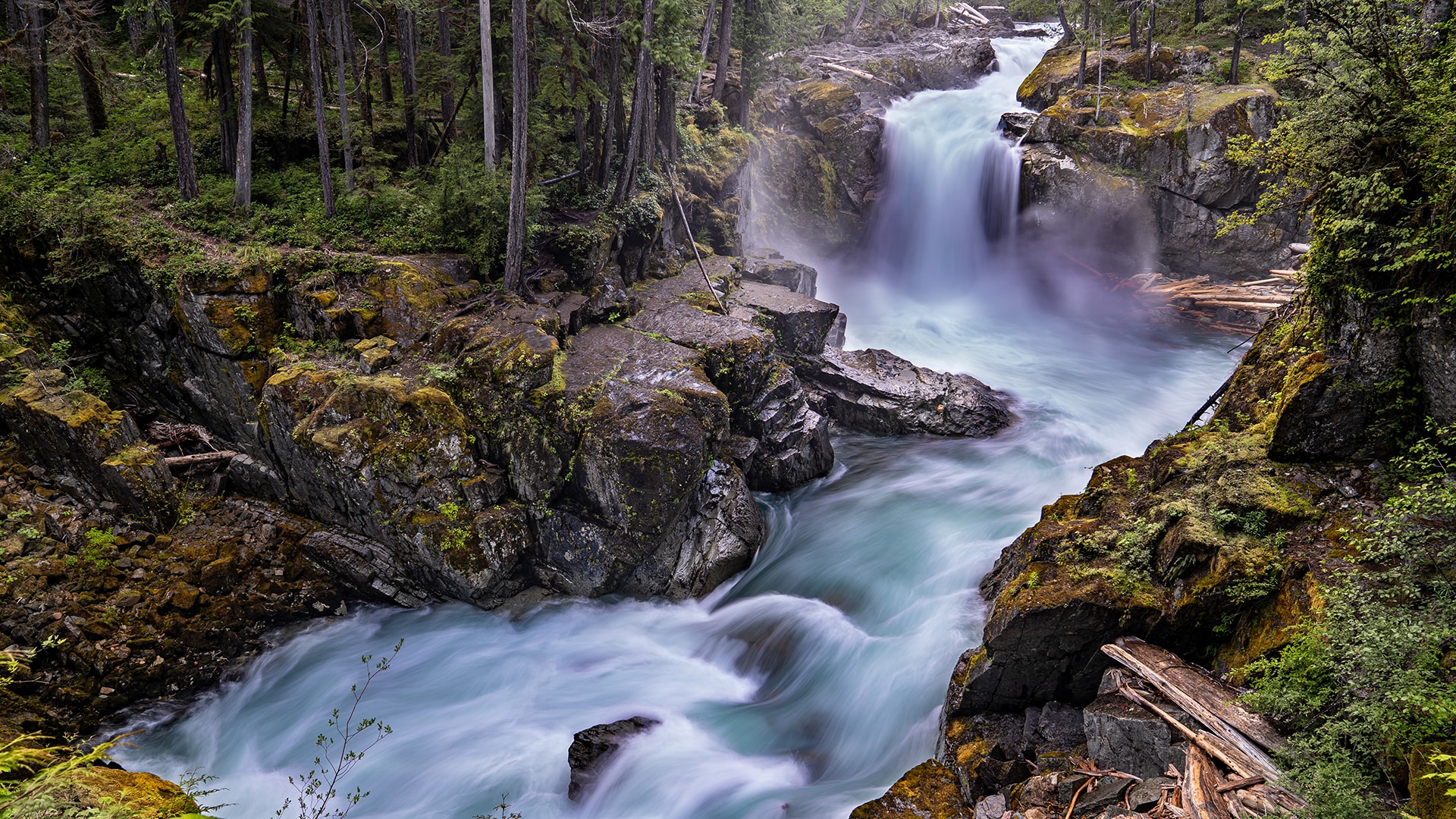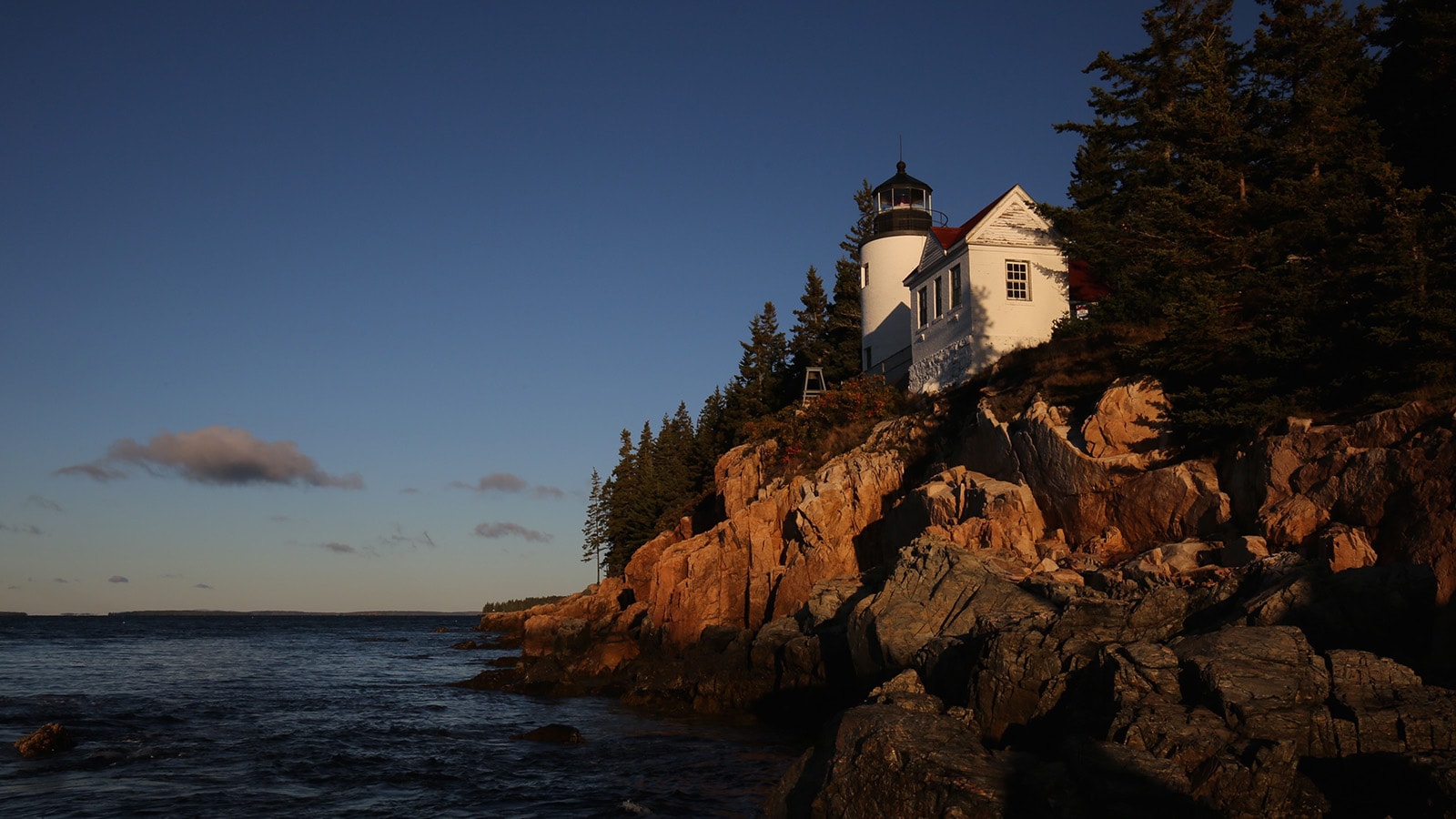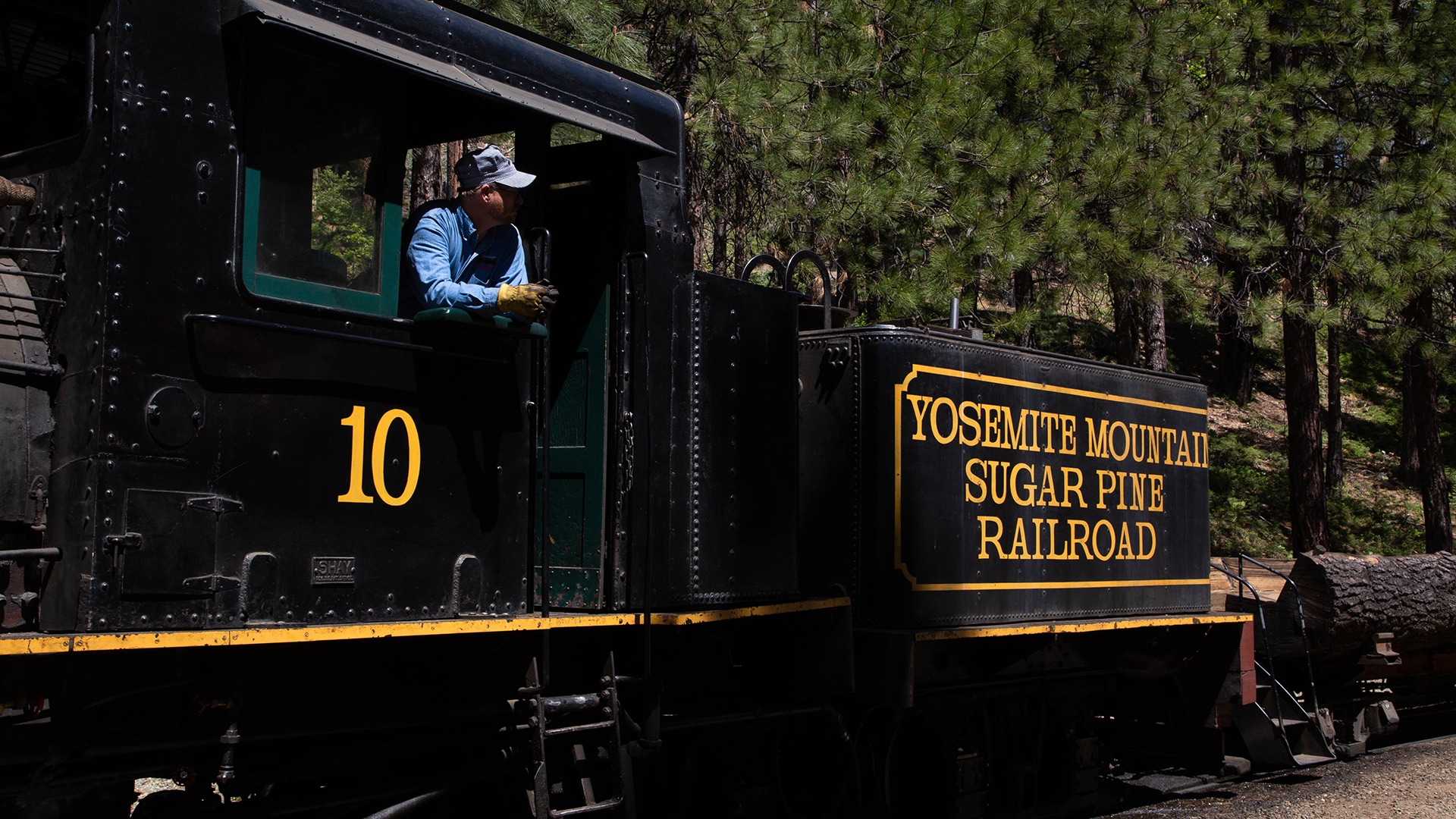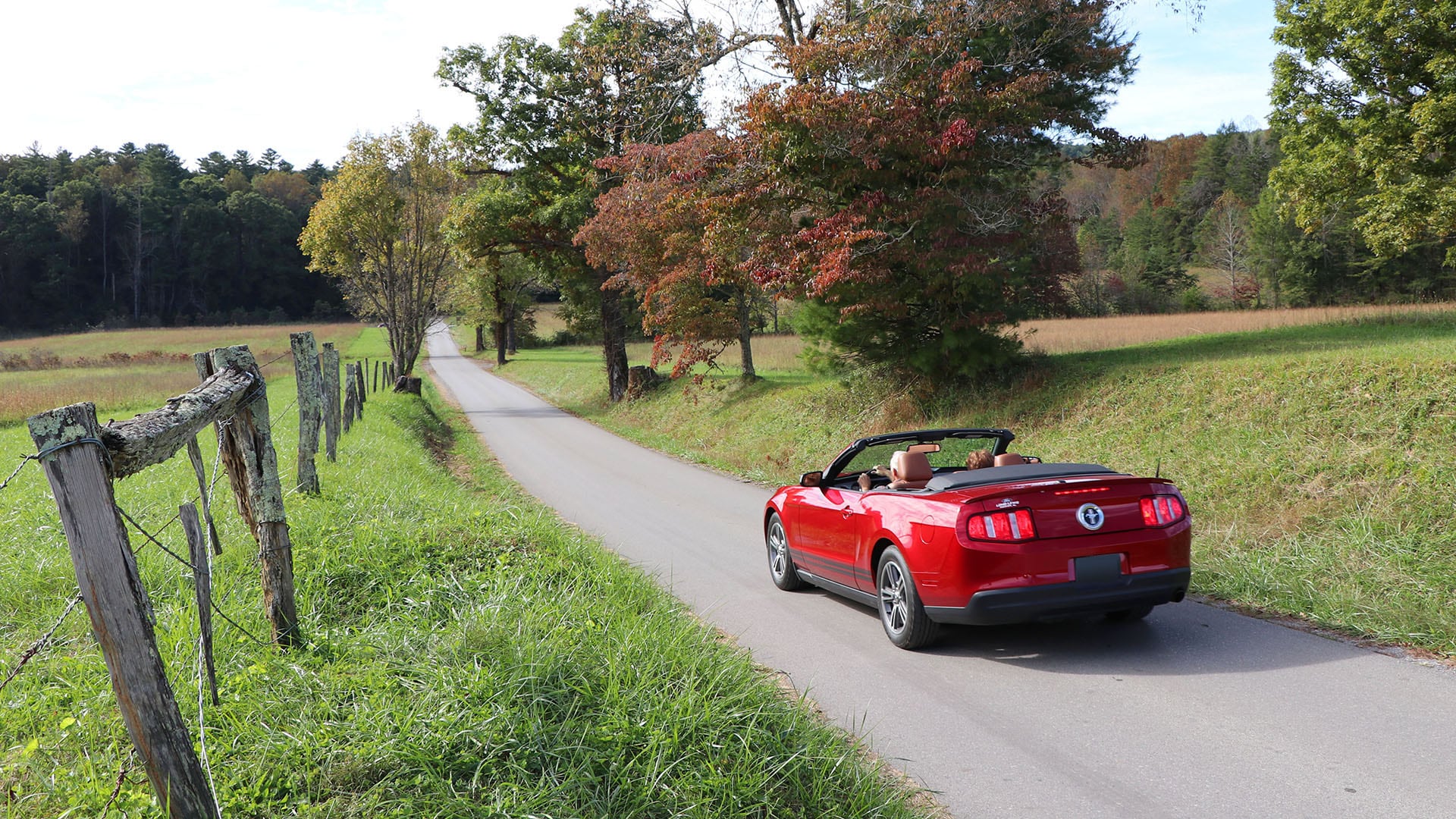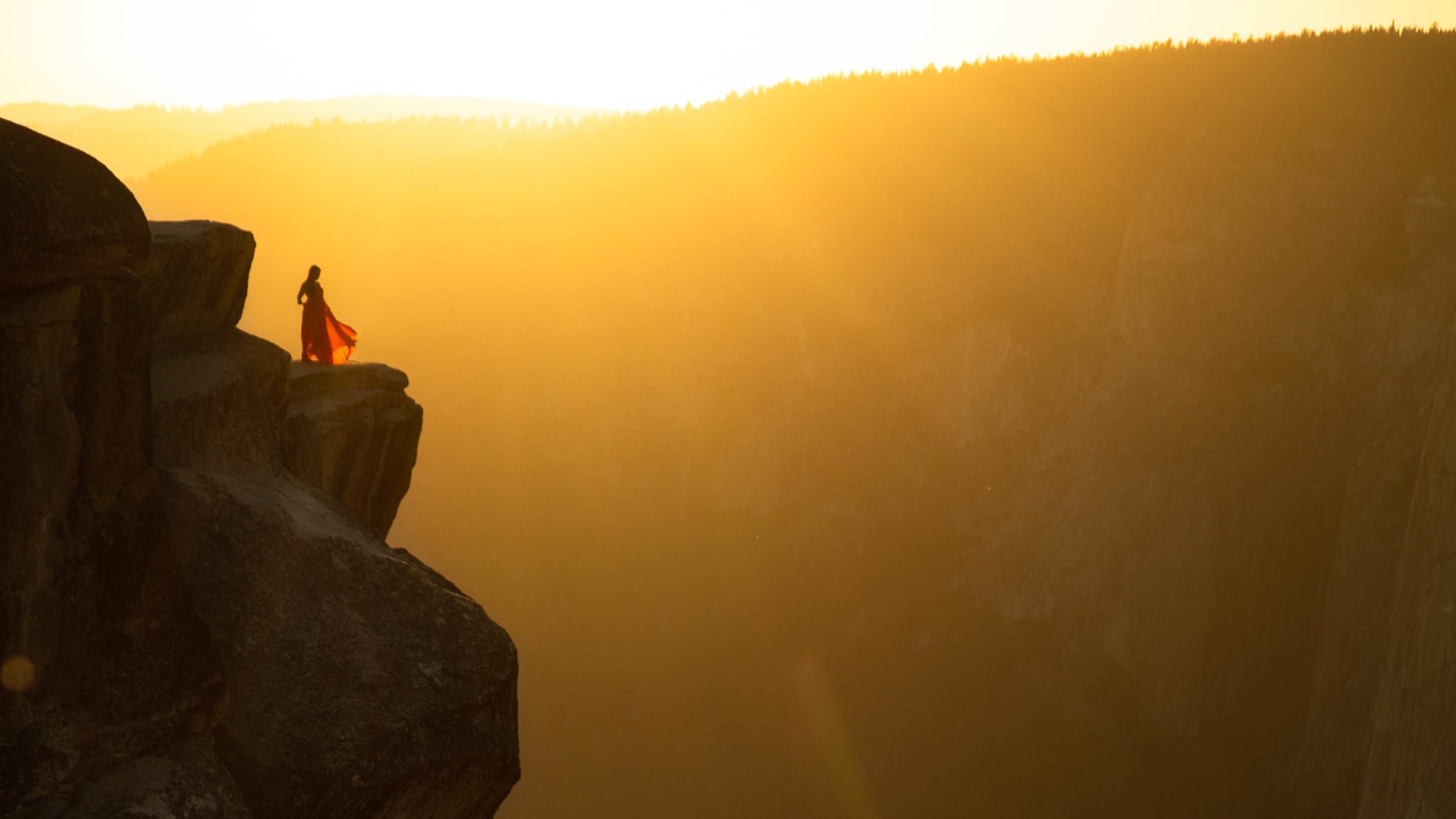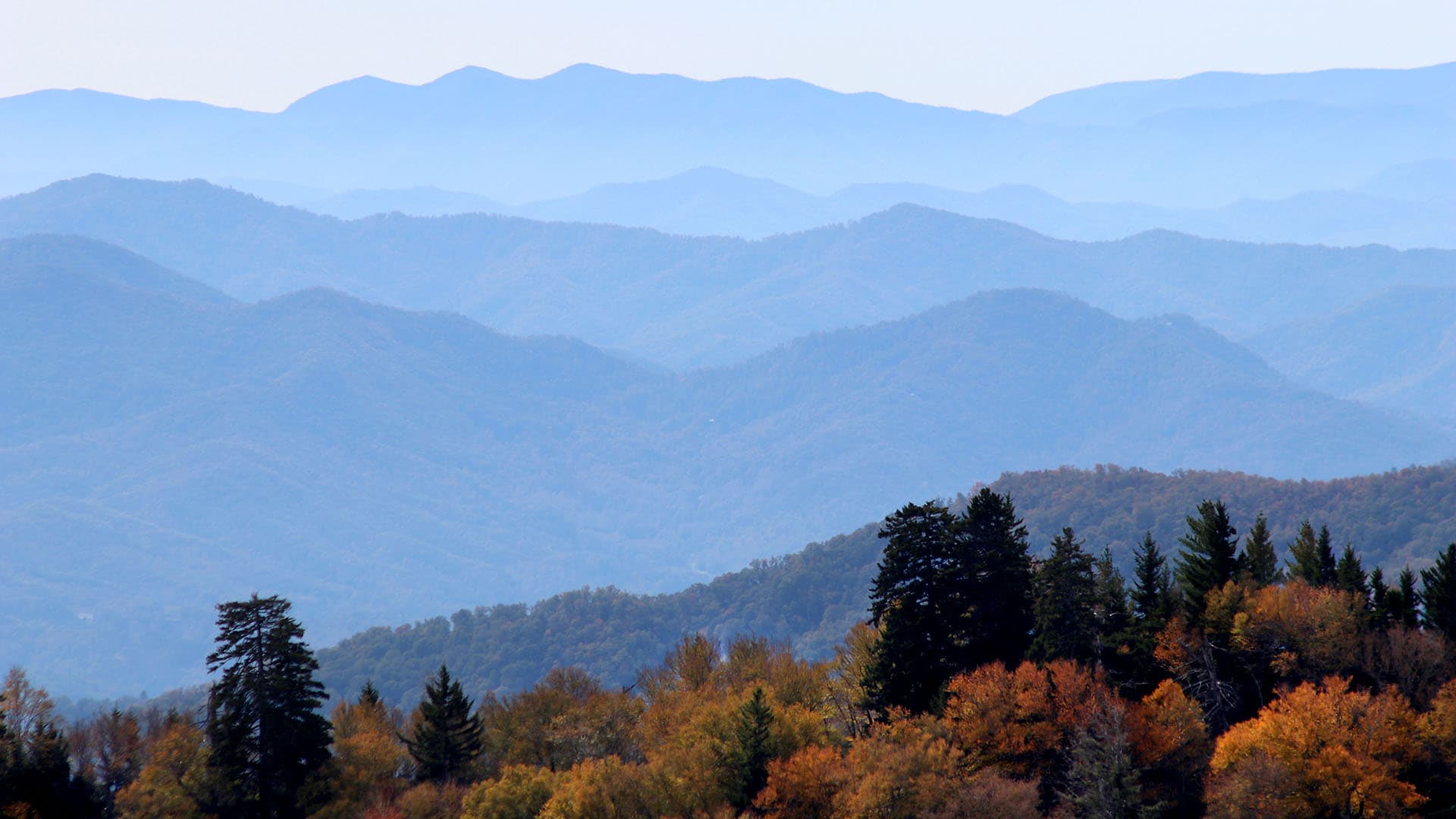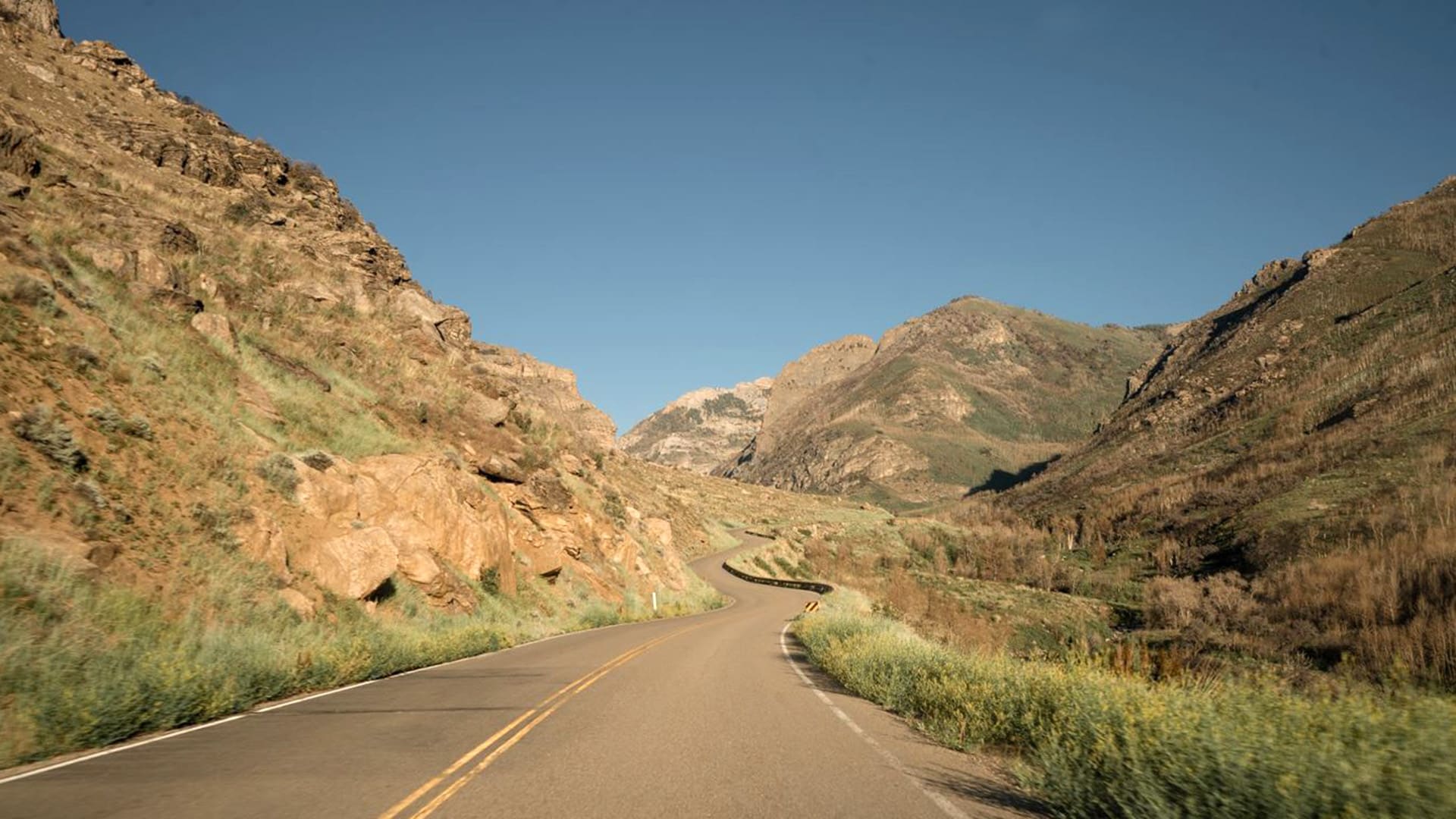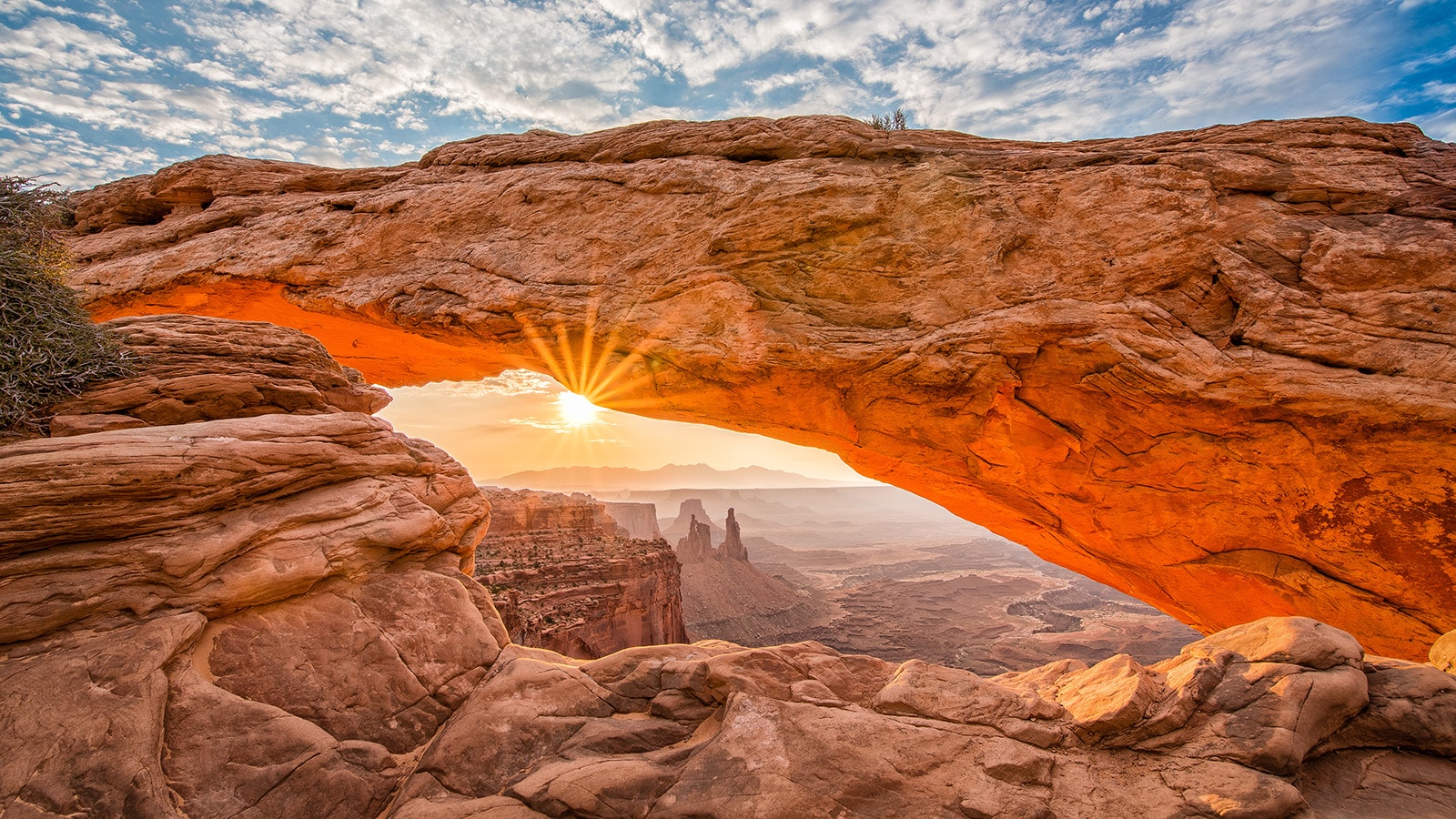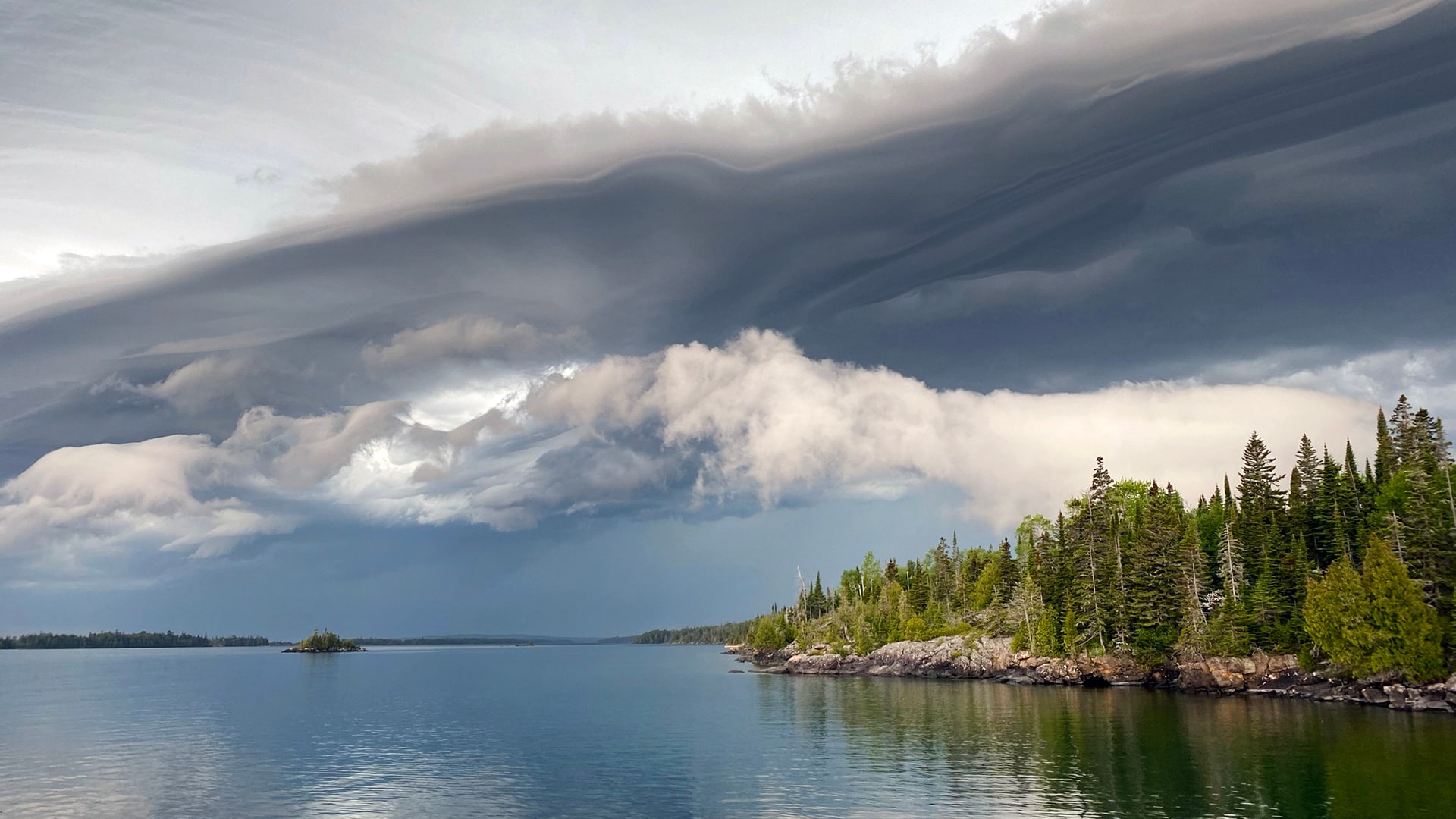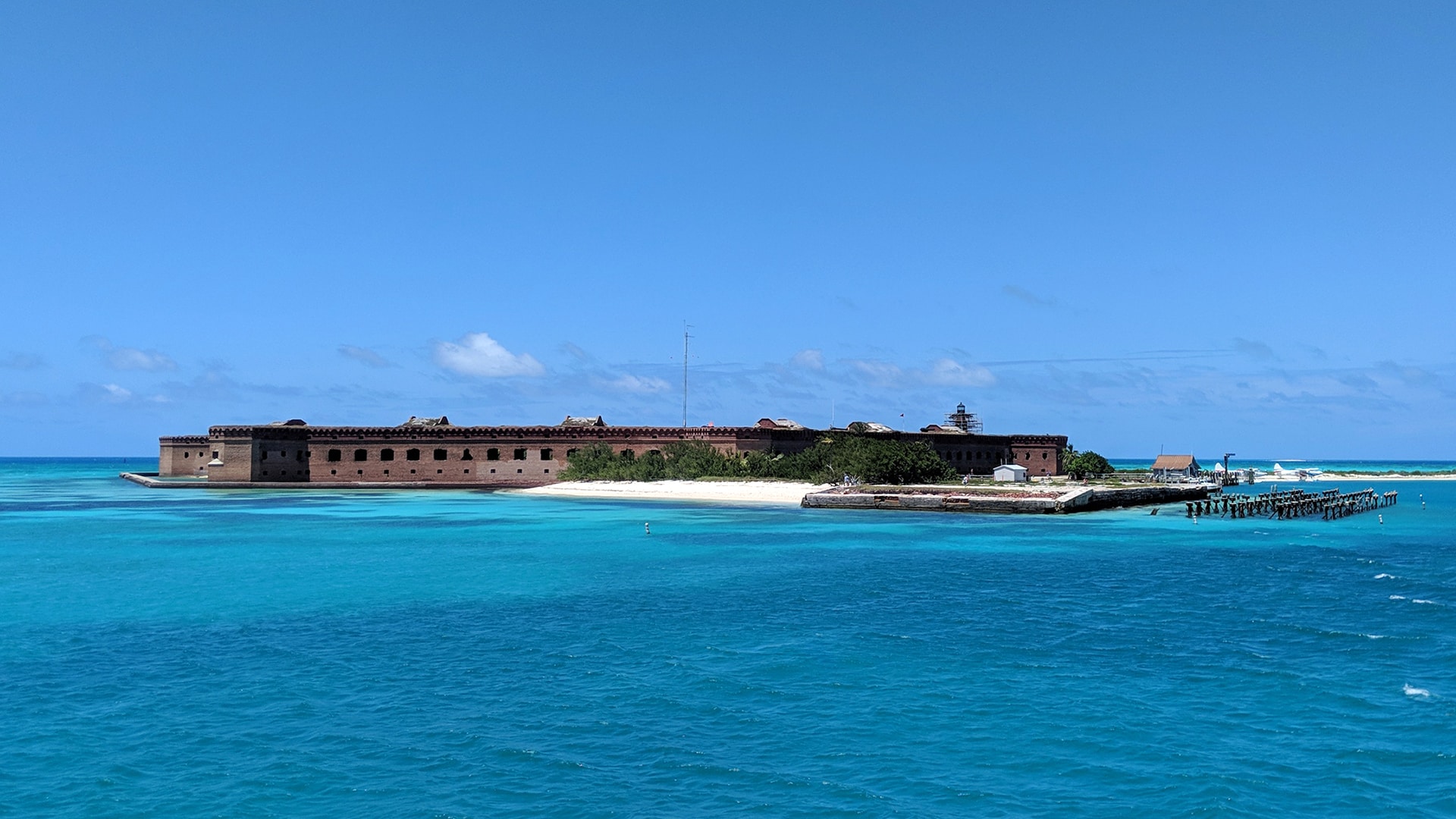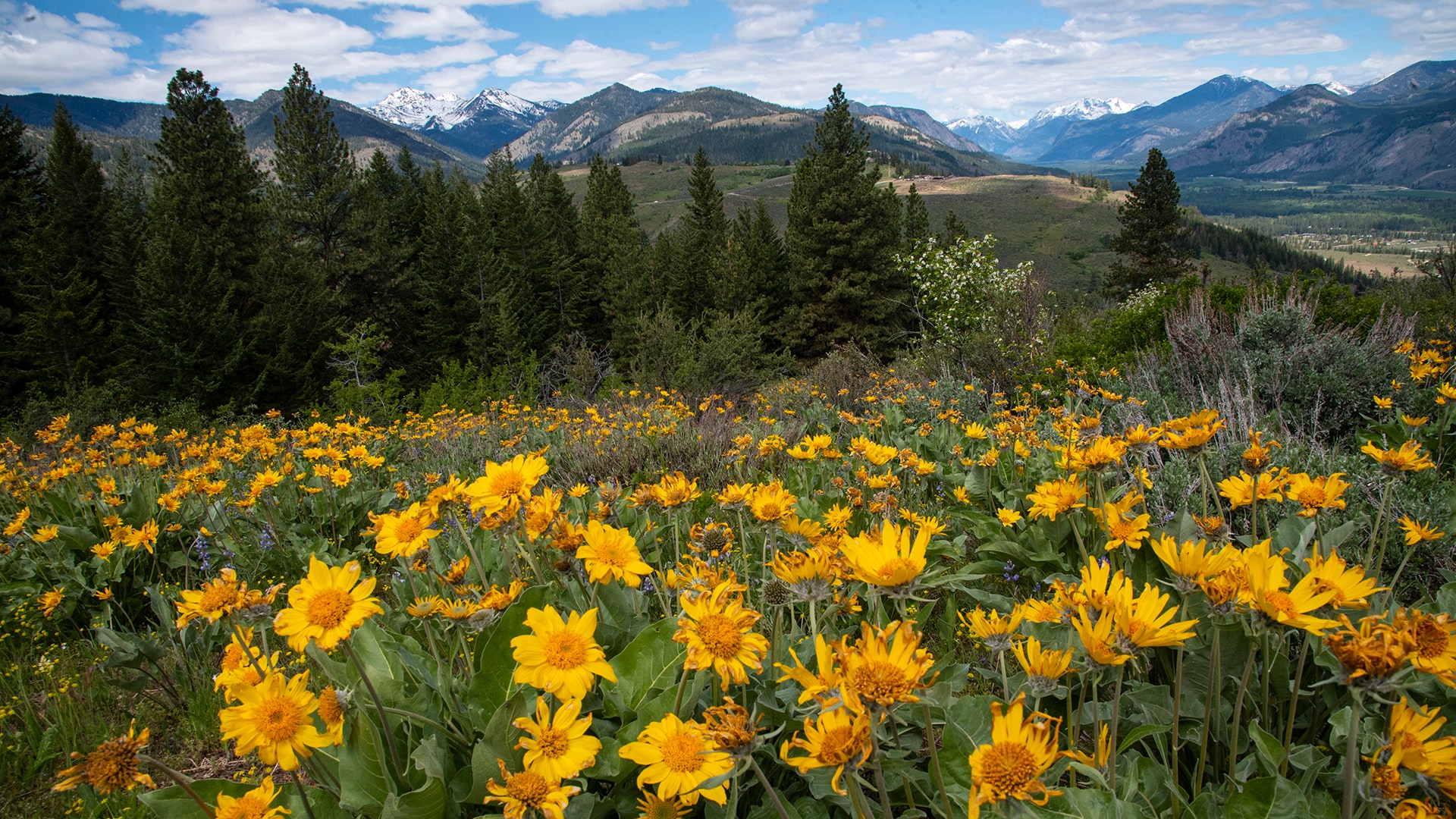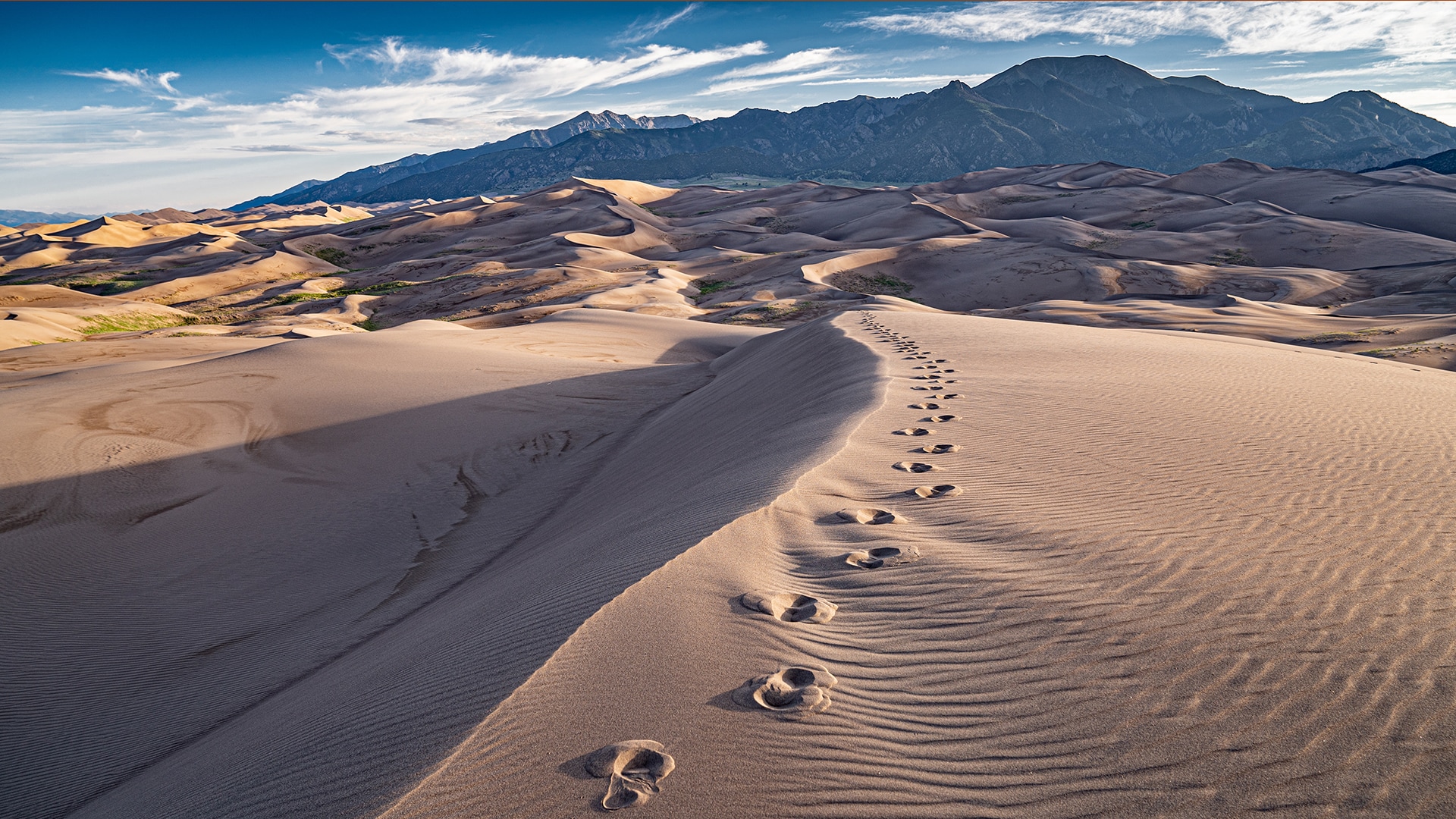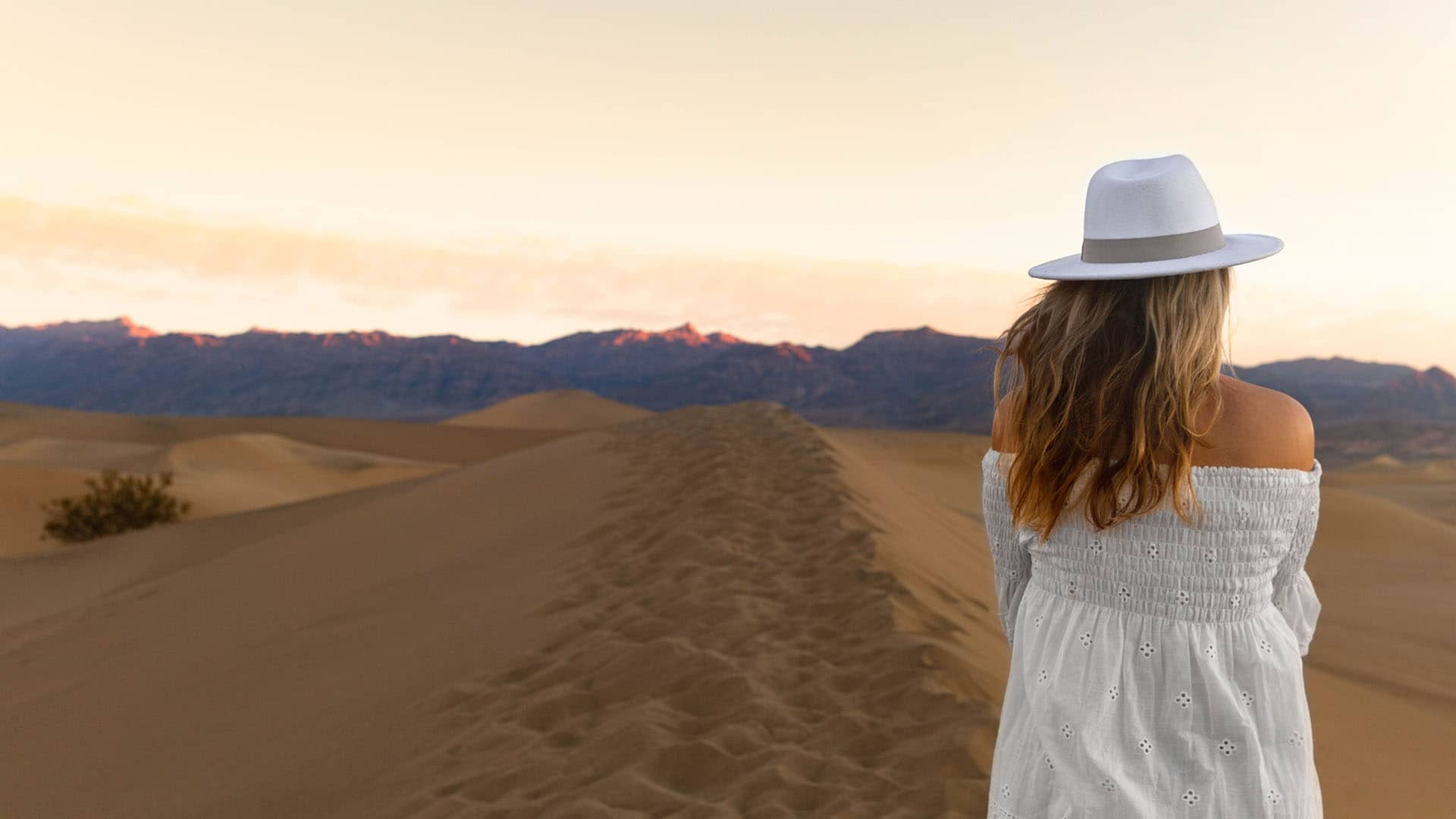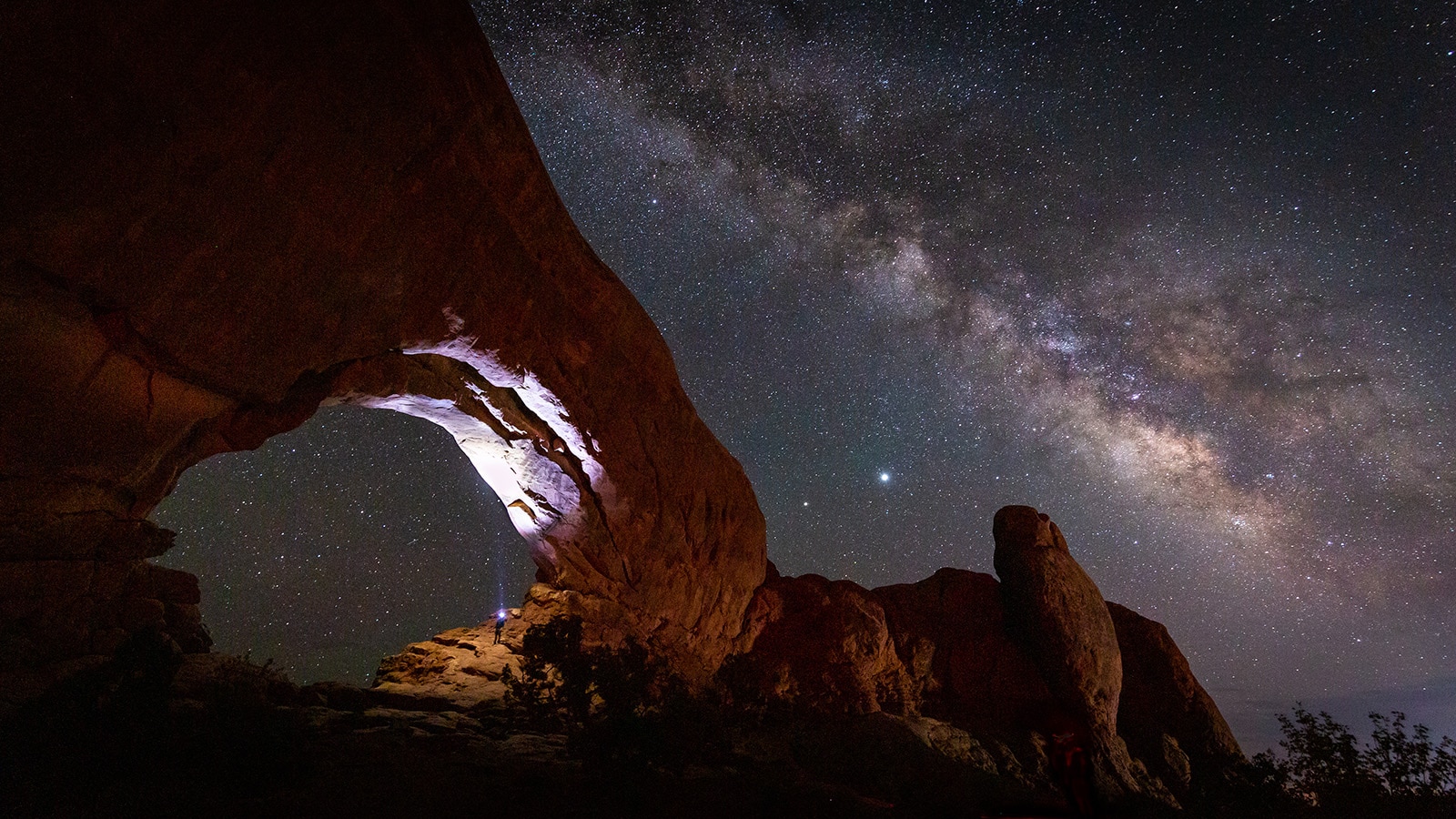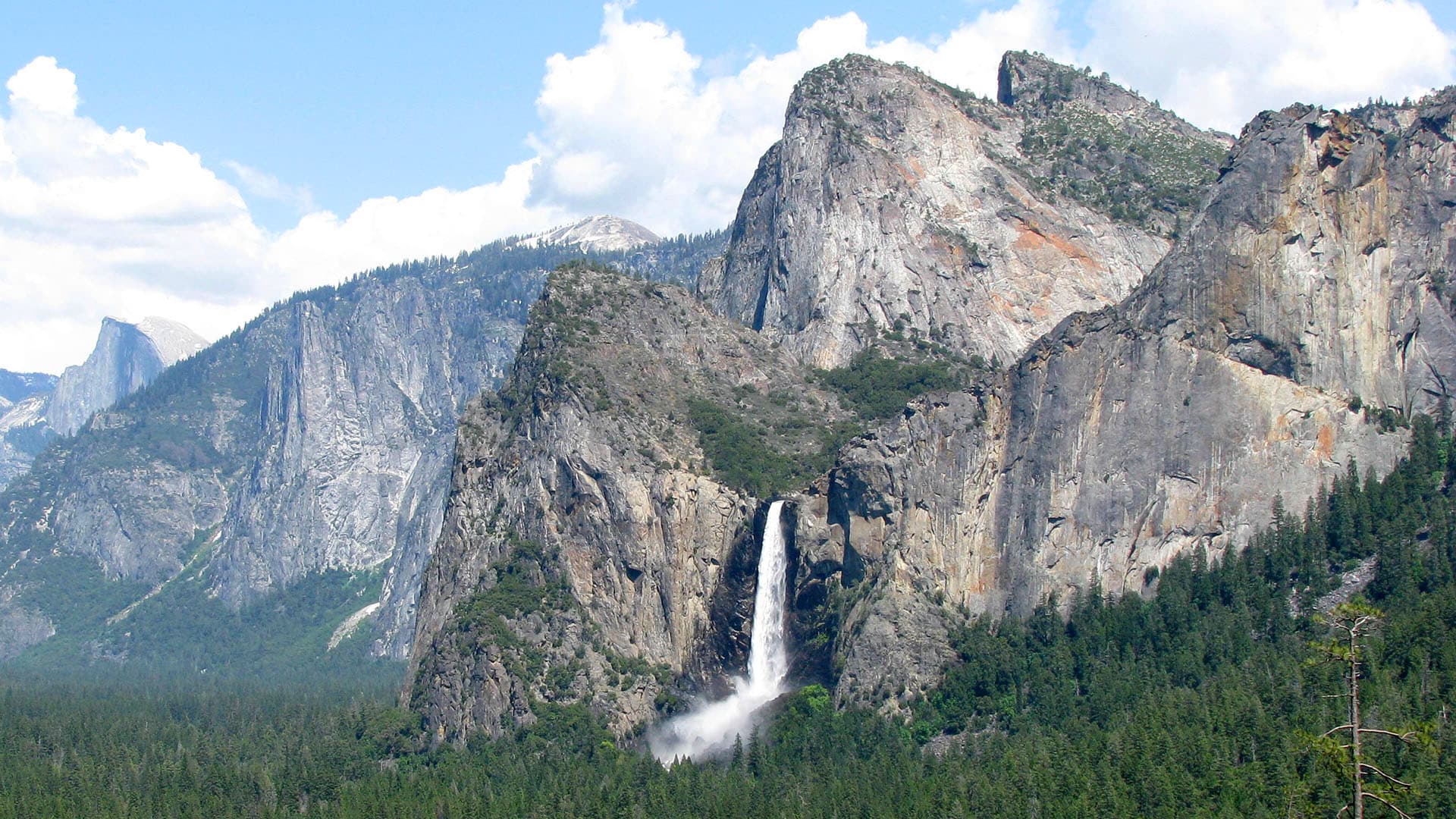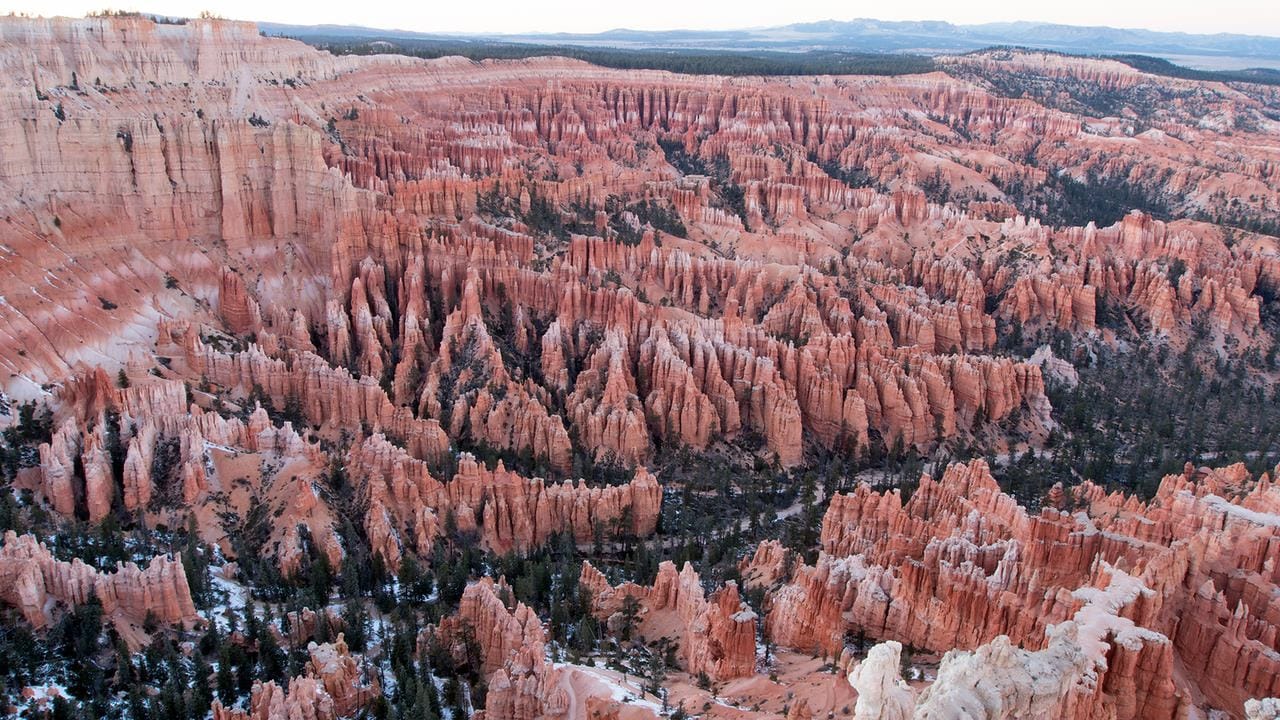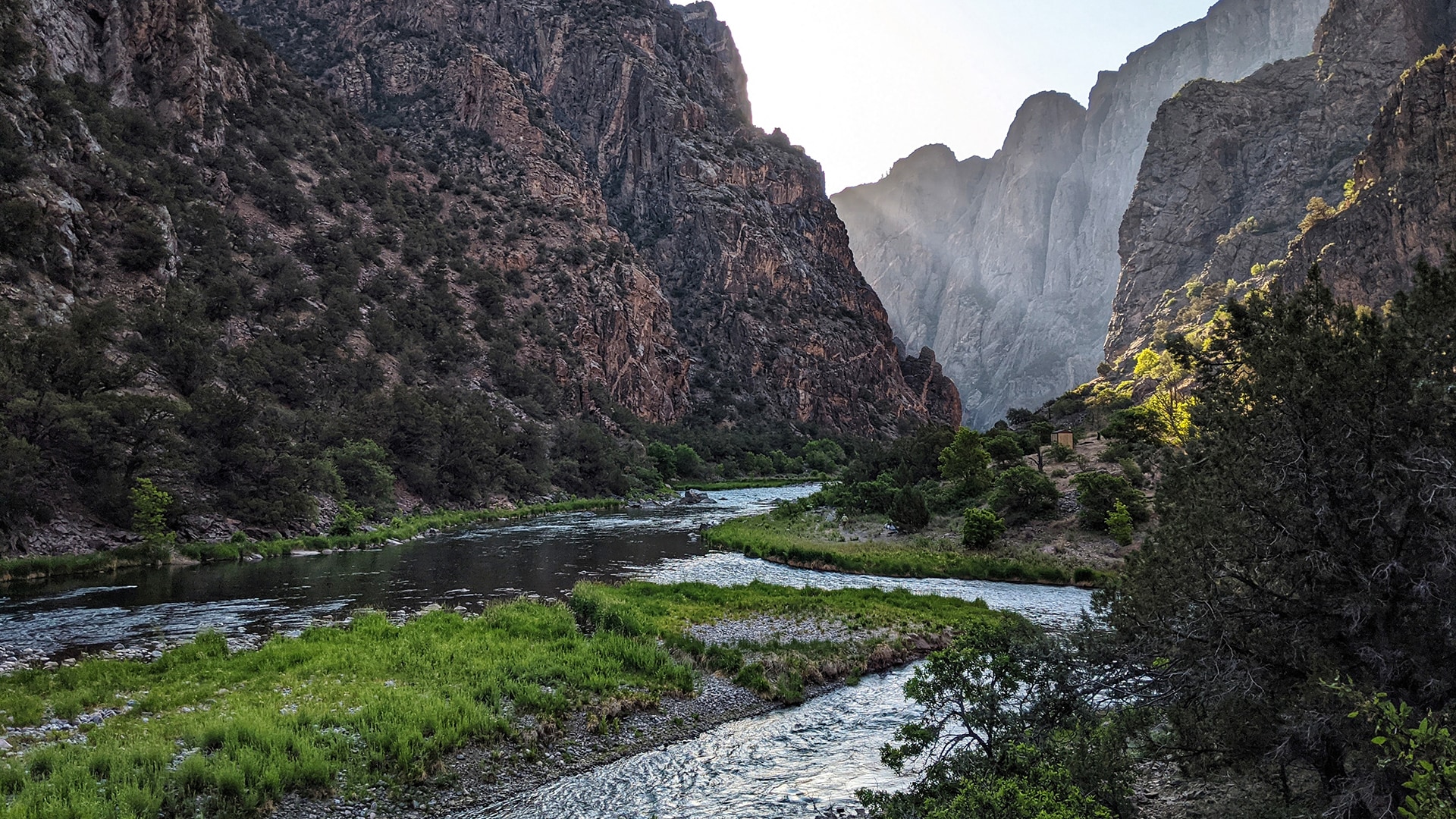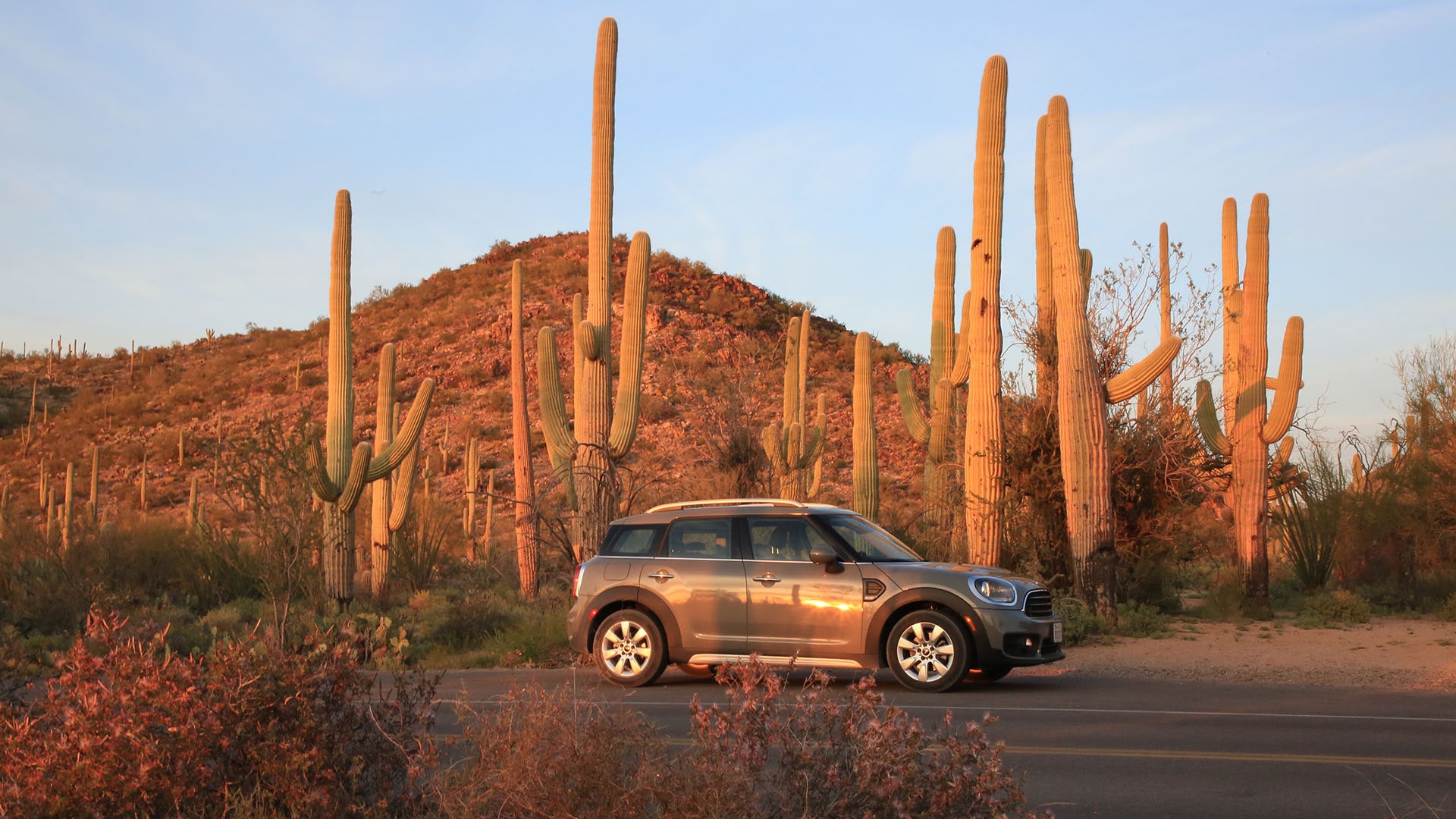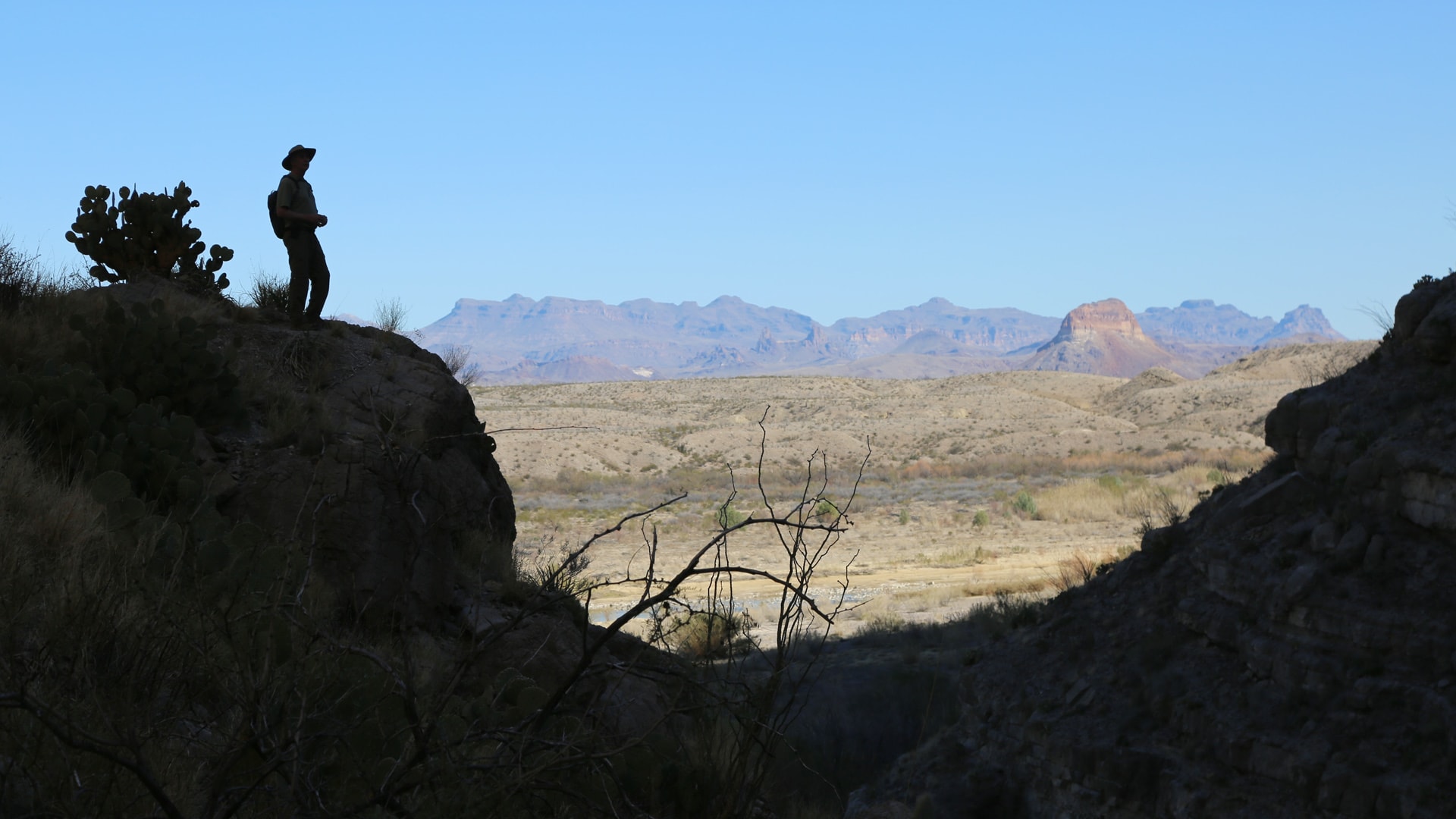Road Trip from Denver to Glacier National Park
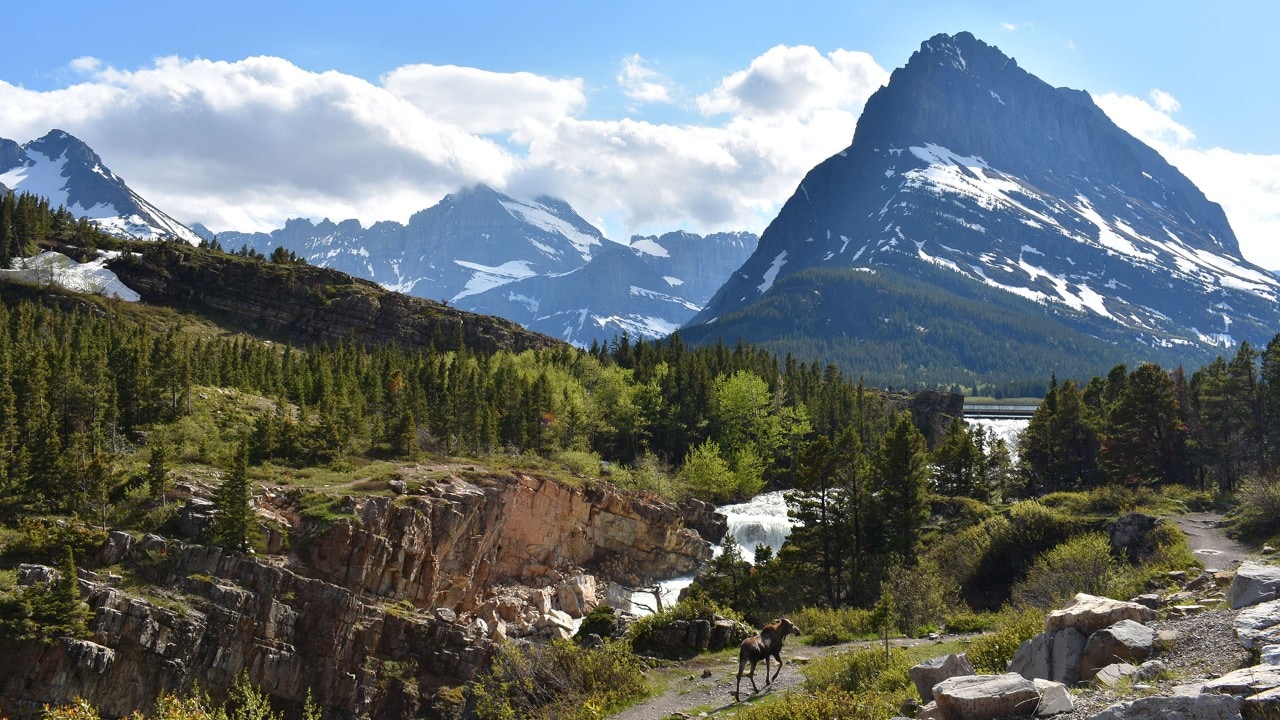
A moose wanders along a mountain path in Glacier National Park.
Story and photos by Rebecca Holland
Rebecca is a travel and food writer based in Chicago. You can find her on Instagram.
A road trip from Denver to Montana shows off the vast and varied scenery in the U.S.
The thing about travel is it makes you yearn for home yet always want to leave it. This has been a dilemma for the last eight years of my life. After finishing college in Wisconsin, I spent a year traveling in Asia and the Middle East before settling into a job in Washington, D.C., where I rekindled my love for all things America. It’s hard not to be giddy about democracy when you can walk into a free museum and see the founding documents of the country on your way to work.
But the travel itch set in again, and I found myself working in Rome, Italy, for a few years. When I was ready to return home, I moved to Chicago, a city I love. That doesn’t mean I don’t leave it often, though. For the last three years, I’ve spent time in Europe, Asia and Iraq.
Ironically, I’ve never felt more patriotic than when living abroad. When I’m defending against American stereotypes or feeling a sense of pride when others say they hope to one day visit the United States, I find it difficult sum up my home country in a few sentences. It is too diverse in its people, landscape, culture and beliefs.
Last year, I resolved to limit my travels to the U.S. for a while. I’d been off seeing the world without seeing very much of my own home. As part of this reintroduction to America, I recently took a road trip from Denver to Glacier National Park. It was the highlight of my year, so far.
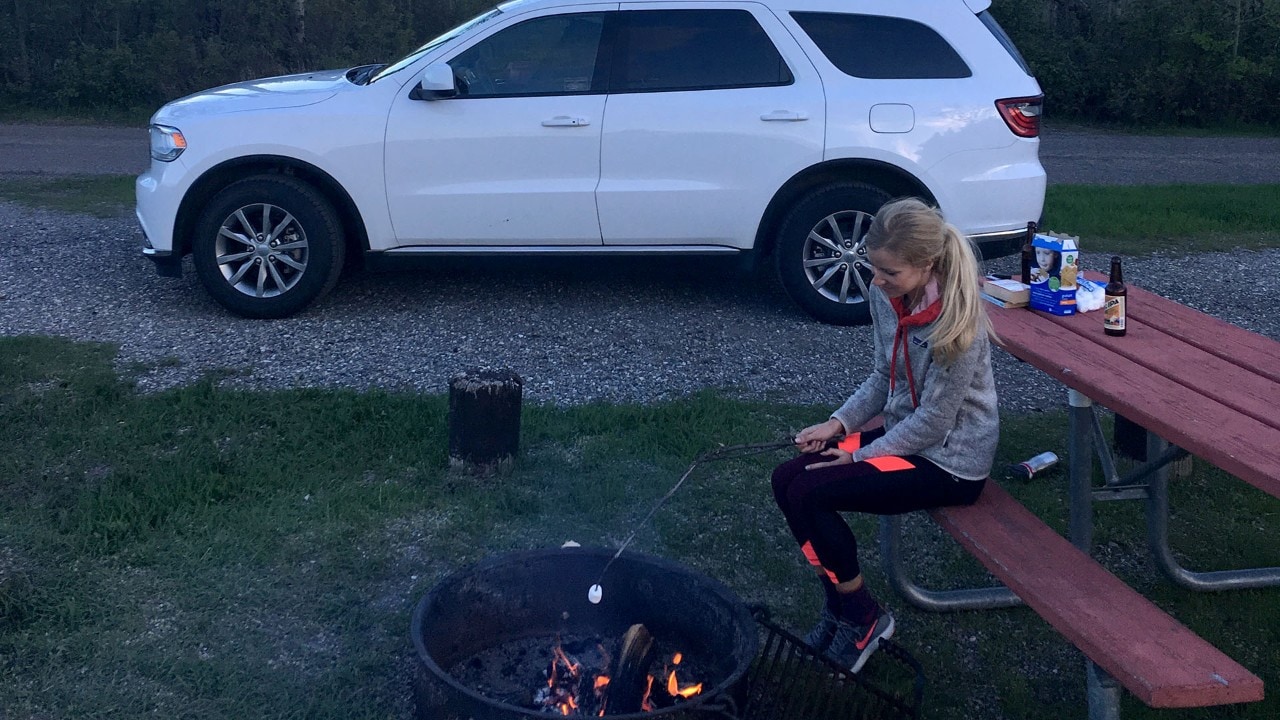
St. Mary's Campground in Glacier National Park
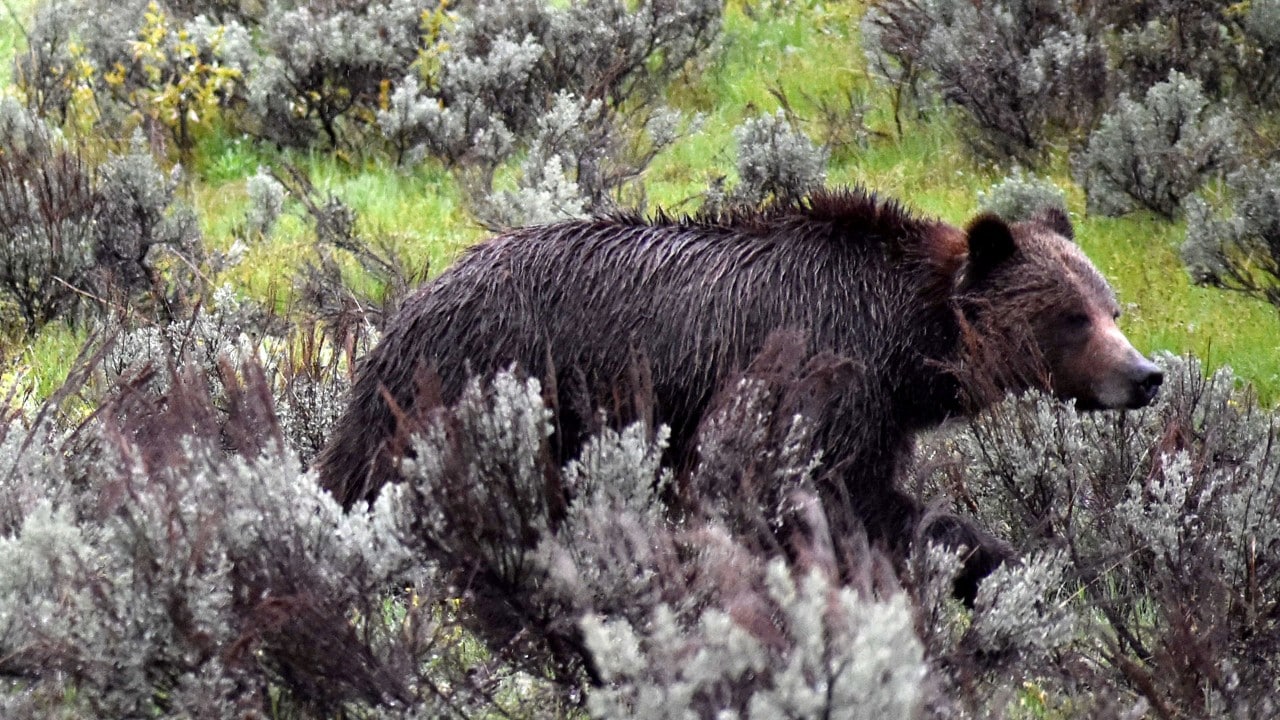
A brown bear walks along the side of the road after a rain shower in Grand Teton National Park.
Cowboys and Other Wildlife
My boyfriend and I flew from Chicago to Denver, where we rented a car and headed toward Wyoming. We didn’t have much of a plan, except that we wanted to visit Grand Teton National Park, Yellowstone National Park and Glacier National Park. We had rough ideas of how many hours to drive each day, but left the schedule open enough to stop in random towns, national forests or state parks. (This approach works when traveling in late spring or fall. In summer months parks fill up, and reservations should be made in advance.)
For the start of the trip from Colorado into Wyoming, we took Interstate Highway 25 to U.S. Highway 26, a drive that was initially flat and boring, but after a few hours, we saw the first hint of mountains. We drove through the Wind River Reservation, where Eastern Shoshone and Northern Arapaho Native American tribes live. We ate dinner in Dubois, which was delightful. With a town slogan of “Where real cowboys come to work and play,” how could it not be?
We chose to camp in nearby Shoshone National Forest. It was dark by the time we arrived, and snow had started to fall. Pouring rain woke us early, so we headed to Grand Teton National Park. One nice thing about the rain is there are fewer crowds and more wildlife. We saw an otter, numerous elk and pronghorn, and then, right next to us on the road, a mother bear and two cubs. They trotted along into a field, oblivious to our presence.
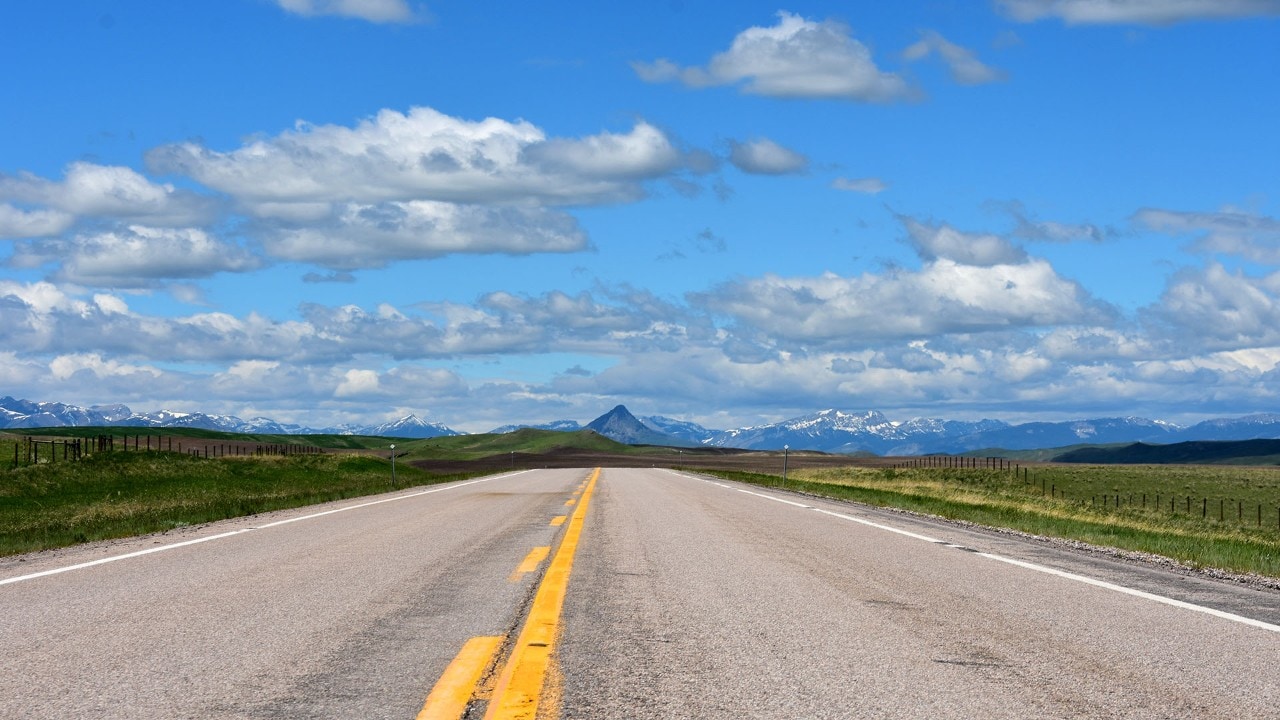
The Rocky Mountains appear in the distance after miles of open road in Montana.
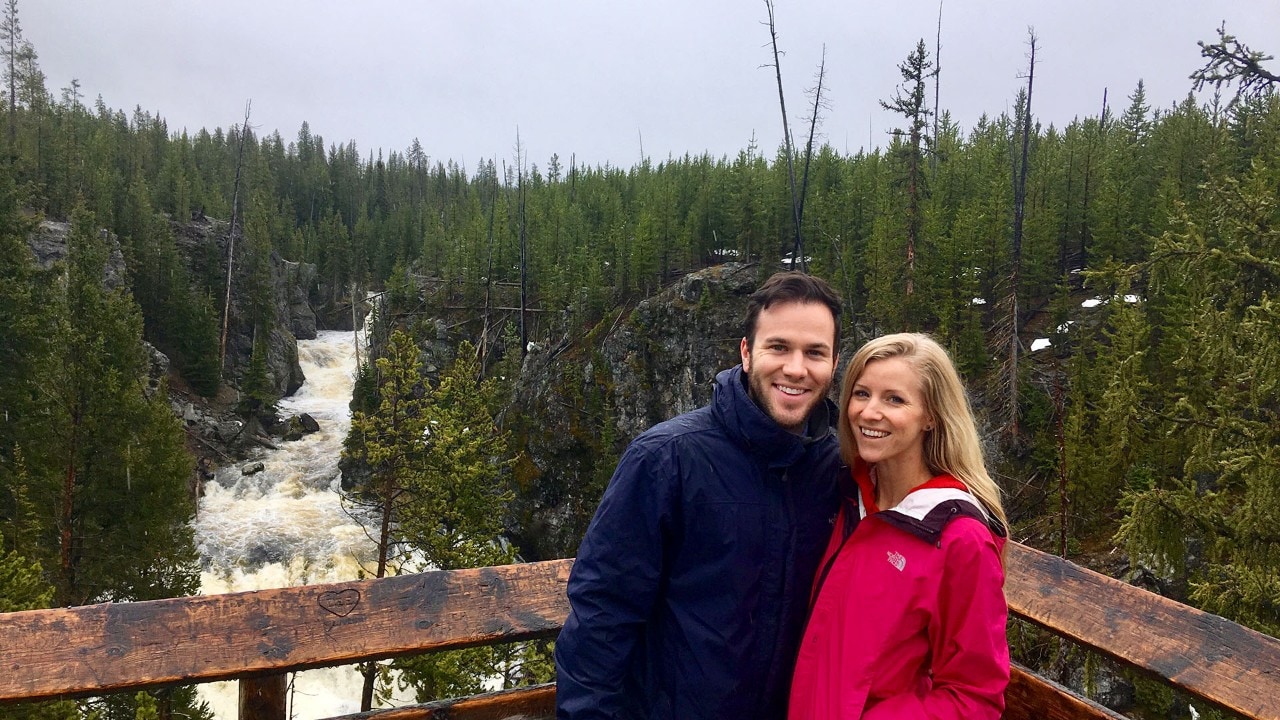
An overlook in Yellowstone National Park
One Park, Different Landscapes
As we made our way to Yellowstone National Park, we could see striking mountain views. At the park, we stopped to see the main attraction: Old Faithful. The visitor center lists estimated eruption times, so while you wait, you can hang out in the nearby lodge or see the other geysers and hot springs along the boardwalk.
We talked to a park ranger who crafted a driving route that would take us along the prettiest park roads and to all the major stops — Upper Yellowstone Falls, Inspiration Point, Grand Prismatic Spring, Mammoth Hot Springs and more. The drive brought us high into the mountains, where we experienced a storm that made me feel like we were in a snow globe.
We drove through several different landscapes, each reminding me of another place in the world — snowy, evergreen-lined passes in Austria, hot springs in Italy, geysers and lava fields in Iceland. But it all was here.
As we exited the northwest side of the park, the clouds parted, and the sun started to shine, revealing farms nestled into the sides of Montana mountains. Take U.S. Route 191, which follows the Gallatin River and cuts through a canyon, providing views of mountains on both sides and rushing rapids nearby. The route is a picturesque way to get to Bozeman, Montana, which feels like a bigger, more modern Dubois.
Bozeman features updated versions of Old West-style buildings and signs, but as a college town, it’s also full of trendy bars and coffee spots. Plenty of outdoor gear shops remind you that you’re in the mountains. Fried fish and local beer at Montana Ale Works were a perfect end to a long day of driving and sightseeing.
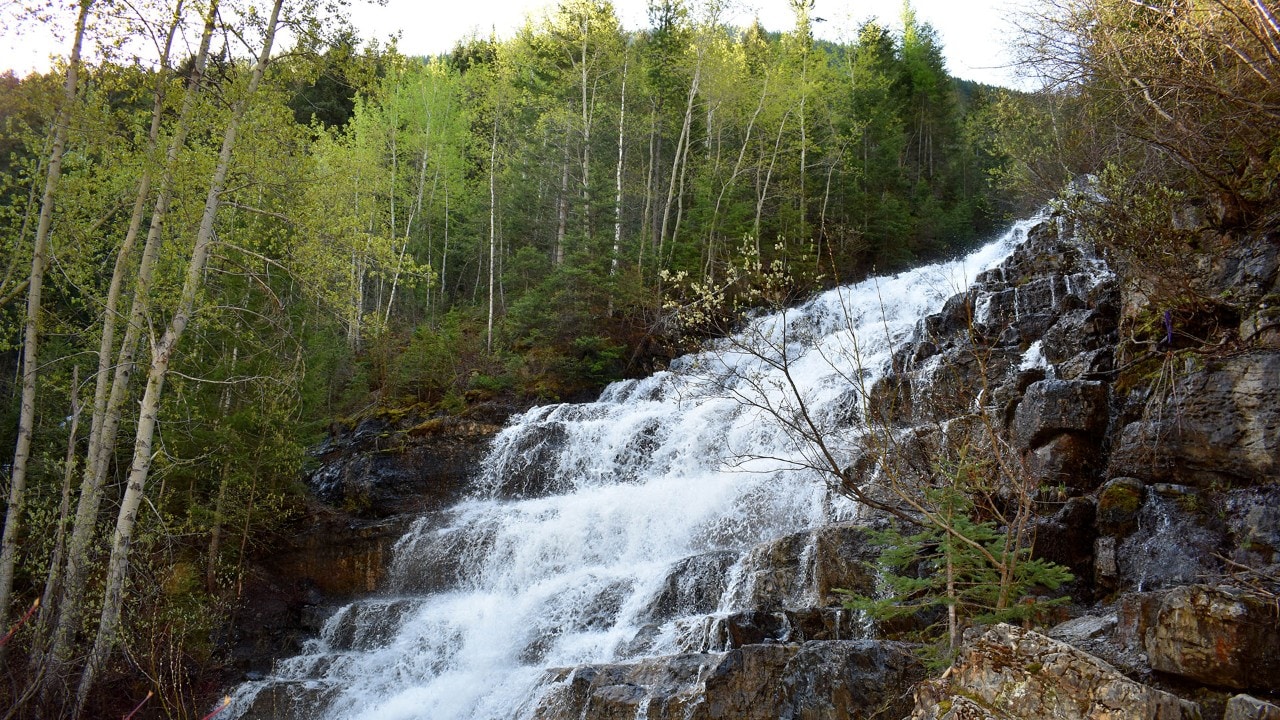
Dozens of waterfalls flow throughout Yellowstone National Park.
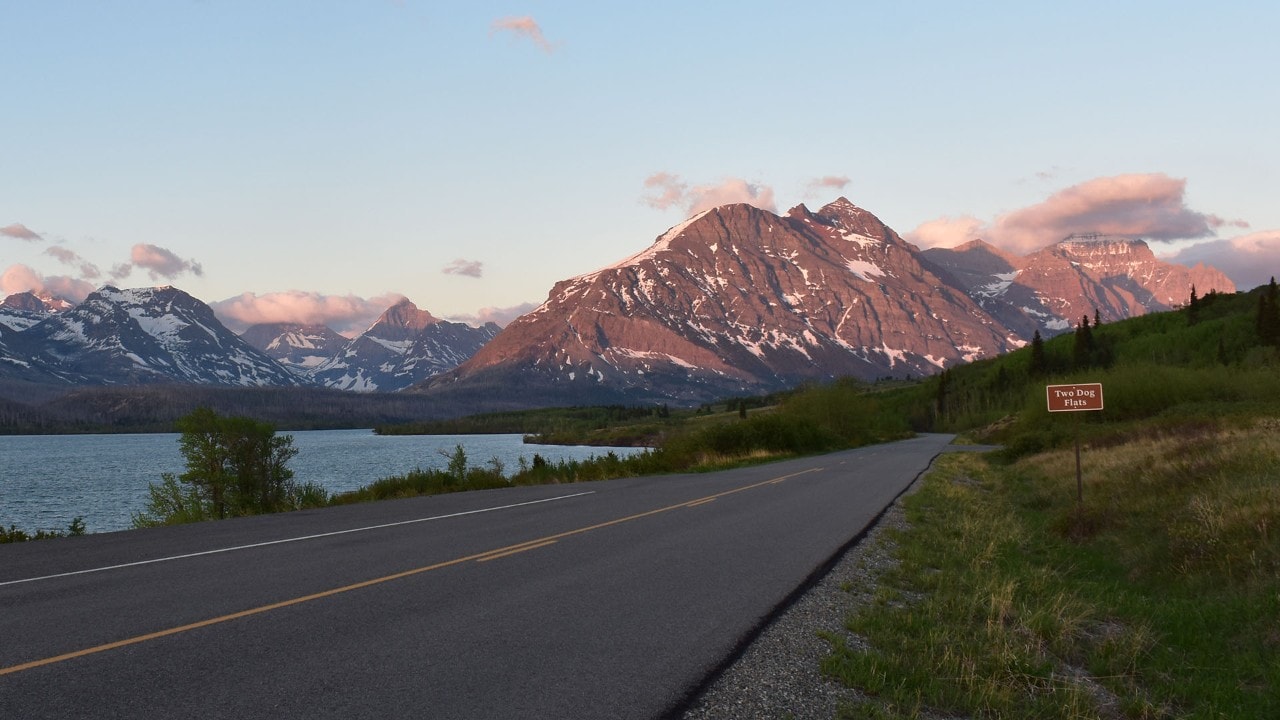
Sunrise is a picturesque time to drive the Going-to-the-Sun Road.
A Moose Welcomes Us
The next morning, we got coffee at Zocalo Coffee House and hit the road. Helena, the state’s capital, is worth a quick stop because it’s the last sizable town you’ll see for a while. Bynum is a fascinating place to visit because it’s on the Montana Dinosaur Trail. The Two Medicine Dinosaur Center displays a 137-foot-long Seismosaurus model, designed and built by paleontologist Dave Trexler.
Finally, we entered Glacier National Park from the east side. As we approached Many Glacier Lodge, we noticed a crowd gathered near a trail. “There’s a moose,” someone whispered when we rolled down our window. We parked and watched it climb nimbly over rocks and toward a waterfall, a wonderful welcome to the park.
Glacier National Park lodges don’t open until early June, and in late May most campsites weren’t open yet either. We wandered around the outside of Many Glacier, a picture-perfect lodge that could easily be mistaken for one in Switzerland. There are signs everywhere warning you that “This is bear country,” and without other hikers around, the possibility of running into a grizzly seemed more likely. We didn’t, though, and instead were rewarded with trails all to ourselves on our 1.3-mile hike to Apikuni Falls and our 4.8-mile hike to Iceberg Lake.
St. Mary’s campground opened early. Its hot showers and campfire pits provided a snug place for the night. It’s also right off Going-to-the-Sun Road, which is especially beautiful driven at dusk or sunrise. The road, a National Historic Landmark, is full of hairpin turns and steep drop-offs, which provide spectacular views of the Rockies. Winding higher and higher into the cliffs, the road’s name begins to make more sense. Keep an eye out at Logan Pass for bighorn sheep and other animals. Parts of the road remain open throughout the seasons, but much of it is closed until June. We could only drive about half of it in May. If you don’t want to drive high, windy roads, bus options are available. Check the National Park Service website for opening hours and transportation information.
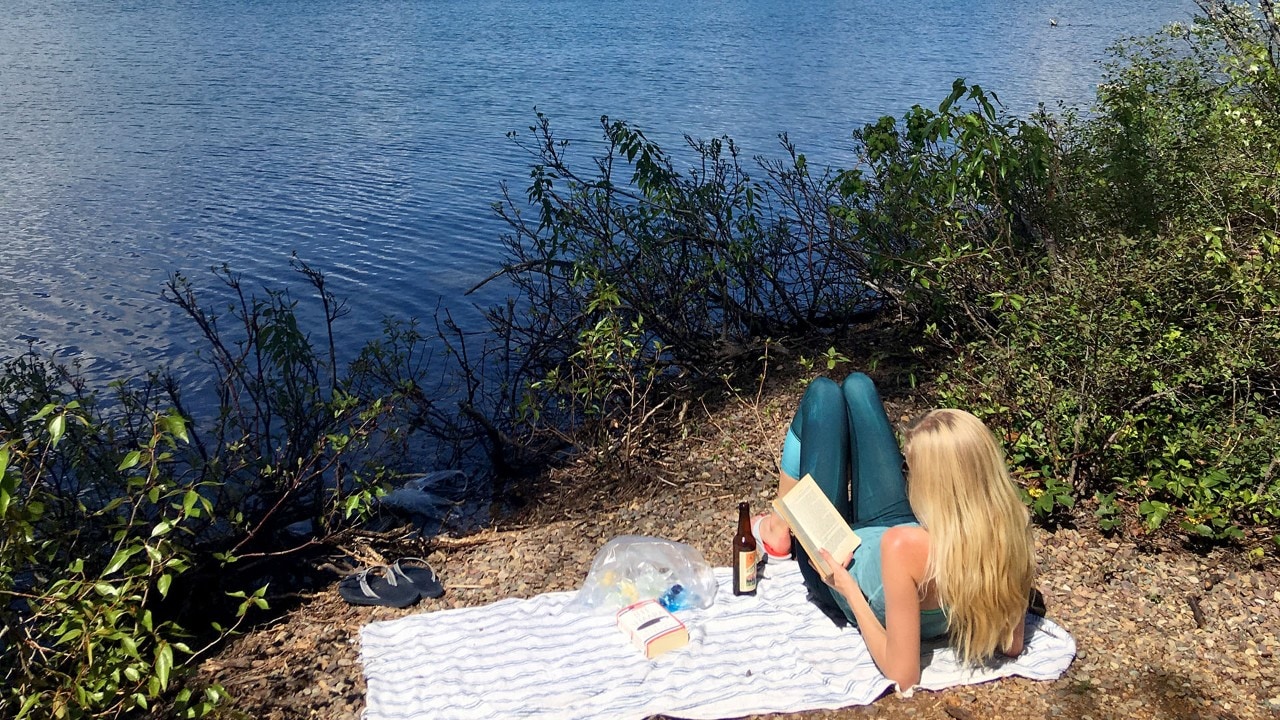
The author picnics at the base of Lake MacDonald.
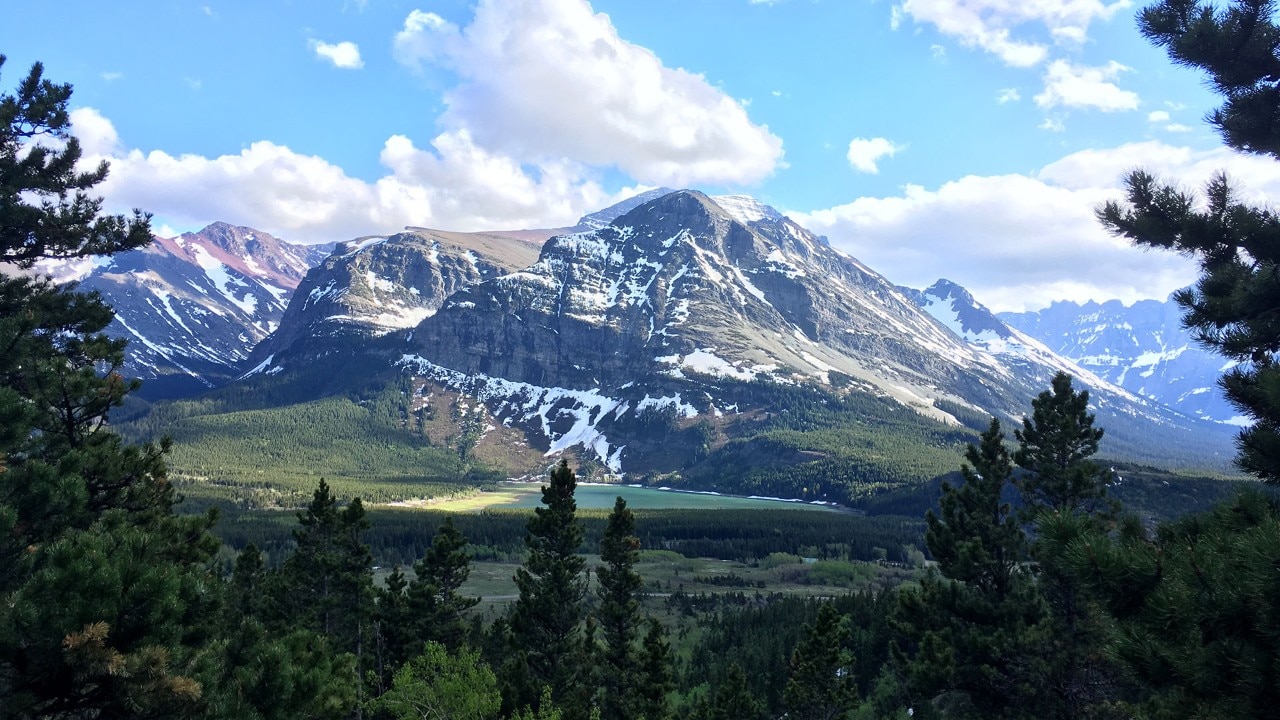
Glacier National Park is known for bright blue lakes, lush valleys and the imposing Rocky Mountains.
On the other side of the park, the friendly folks at the Apgar Visitor Center helped plan a day of hiking for us. They recommended we start at Avalanche Creek, walk past McDonald Falls and end at the base of Lake McDonald, where the snowcapped mountains reflect in the bright blue lake, surrounded by lush green trees. As we hiked, tourists emerged from the trees into the clearing, catching their breath at the sight of the mountains and lake. They spoke English, Italian, Japanese, Spanish and Arabic. I felt pride that people from so many different backgrounds were marveling at such beautiful scenery in America.
On the hike back, we stopped near the lake for a picnic. Sure, Lake Como in Italy is beautiful, the beaches in Thailand are incredible and Lake Palena in Chile is majestic, but there was nowhere I would rather have been at that moment.
From the plains of Wyoming to the rugged Tetons, from the natural wonders of Yellowstone to the timeless Western towns, from the archaeological dinosaur sights to the stunning vistas of the Rockies, this trip was rife with beauty and contradictions, just like America. And the craziest part? This was only one small part of the country.
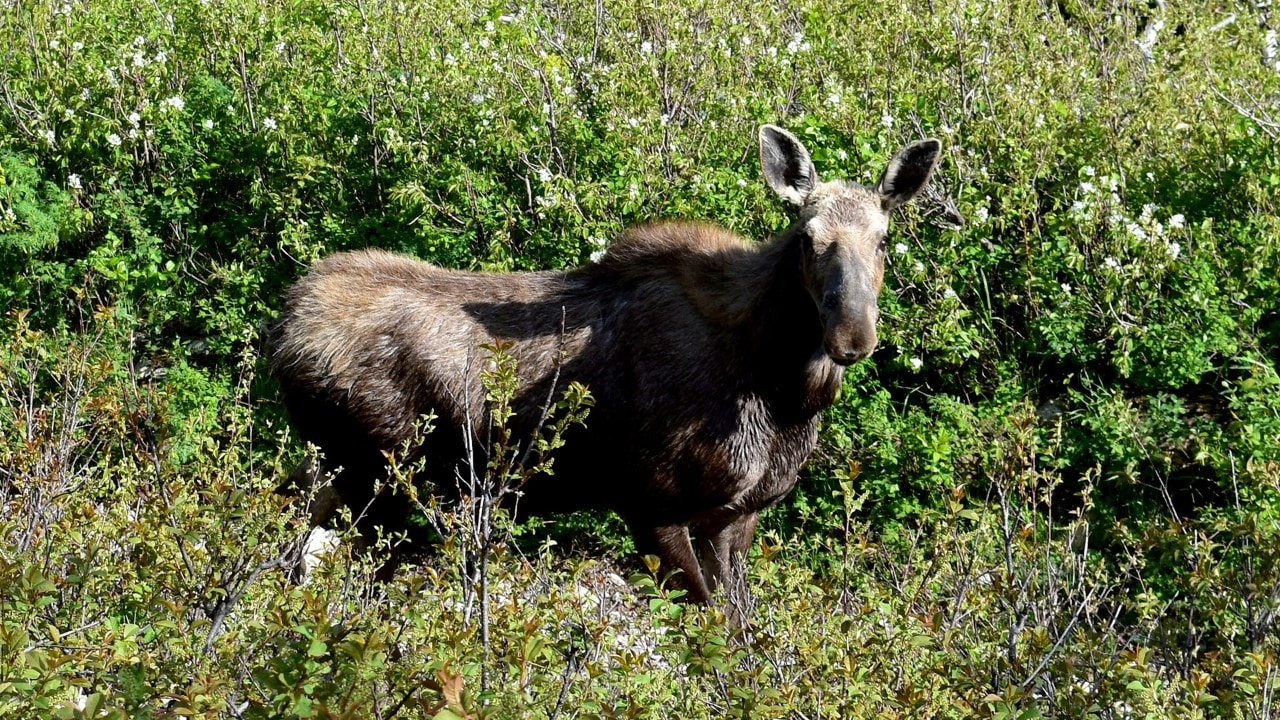
A moose in Glacier National Park
Related
Read more stories about national parks.
- Road Trip to Five National Parks Near Los Angeles
- Weekend Getaway in Joshua Tree National Park
- Road Trip Through Northern California
- Washington’s North Cascades National Park
- Things to Do in Hot Springs, AR on Your Next Getaway
- Road Trip on Utah's Scenic Byway 12
- Grand Canyon Hike
- Rocky Mountain National Park Snowshoeing
- Road Trip to Zion National Park for Artistic Inspiration
- Cold Weather Photography Tips
- National Park Tradition Renews Family Ties
- Great Smoky Mountains Waterfalls
- Grand Teton National Park
- Yellowstone National Park in Winter
- Road Trips to National Parks in Winter
- Fall Foliage Road Trip in Road Trip From San Francisco to Yosemite
- Road Trip to White Sands National Park
- Road Trip to Indiana Dunes National Park
- Road Trip from Olympic National Park to San Francisco
- Visiting Glacier National Park in Winter
- Road Trip Through Central Oregon
- Road Trip from Denver to Glacier National Park
- New River Gorge National Park
- Mountain Road Trips
- Petrified Forest National Park
- Visiting Washington's Olympic National Park in the Offseason
- Mount Rainier National Park
- Road Trip to Acadia National Park
- Majestic Mountain Loop Family Fun
- Cades Cove Scenic Drive is a Trip Back in Time
- Majestic Mountain Loop
- Driving Through The Smoky Mountains: Planning Your Road Trip
- The Loneliest Road in America
- Plan a Road Trip to a National Park Near You
- Isle Royale National Park
- Day Trip to Dry Tortugas National Park
- Cascades Loop Road Trip
- Colorado’s Great Sand Dunes National Park
- Road Trip to Death Valley National Park
- Road Trip to Dark Sky Parks in Utah
- Weekend Getaway to Yosemite National Park
- Weekend Getaway to Bryce Canyon National Park
- Black Canyon of the Gunnison National Park
- Road Trip to Saguaro National Park
- Road Trip to Big Bend National Park, Texas


